Forums
- Forums
- Duggy's Reference Hangar
- USAAF / USN Library
- Early Seversky Aircraft
Early Seversky Aircraft
Post a reply
- Go to Previous topic
- Go to Next topic
- Go to Welcome
- Go to Introduce Yourself
- Go to General Discussion
- Go to Screenshots, Images and Videos
- Go to Off topic
- Go to Works in Progress
- Go to Skinning Tips / Tutorials
- Go to Skin Requests
- Go to IJAAF Library
- Go to Luftwaffe Library
- Go to RAF Library
- Go to USAAF / USN Library
- Go to Misc Library
- Go to The Ops Room
- Go to Made in Germany
- Go to Campaigns and Missions
- Go to Works in Progress
- Go to Juri's Air-Raid Shelter
- Go to Campaigns and Missions
- Go to Works in Progress
- Go to Skinpacks
- Go to External Projects Discussion
- Go to Books & Resources
-
9 years agoSat Jul 19 2025, 11:04amDuggy
 Main AdminThe P-47 Thunderbolt was, in a very indirect sense, a gift from Russia to the United States. The aircraft was the product of two Russian immigrants, Alexander De Seversky and Alexander Kartveli, who had left their homeland to escape the Reds.
Main AdminThe P-47 Thunderbolt was, in a very indirect sense, a gift from Russia to the United States. The aircraft was the product of two Russian immigrants, Alexander De Seversky and Alexander Kartveli, who had left their homeland to escape the Reds.
Seversky was an extremely colorful character, born in 1894 in Russian Georgia, and flying as a naval aviator in the Tsar's forces in World War I. He lost a leg early in the conflict, but returned to the air with an artificial leg and claimed 13 "kills" in combat. In 1918, after the October Revolution of 1917, Seversky was sent to the US as part of a military mission. Having no confidence in the new regime, he decided to stay in America, and became an aeronautical engineer in employ of the US Army Air Corps, where he worked closely with air warfare pioneer General Billy Mitchell. Seversky obtained American citizenship in 1927.
In 1931, Seversky founded the "Seversky Aircraft Company" at Farmingdale on Long Island, in New York state. The company was very small, with Seversky acting as president, designer, and chief test pilot, but he also hired a fellow Russian expatriate named Alexander Kartveli as a design engineer. "Sasha" Kartveli had been a Tsarist artillery officer and had even been a circus trapeze artist for a time. He was an original designer with many innovative ideas, and would eventually become chief designer when Seversky became more preoccupied with the business aspects of running the company.
The first Seversky design was the "SEV-3" amphibian. The SEV-3 was an all-metal, low wing monoplane that was powered by a Wright J-6 air-cooled radial engine providing 200 kW (420 HP), and had an interesting arrangement of retractable floats that allowed it to land on water or a runway. The rear edges of all flight surfaces were in the form of elliptical curves, a feature that would be retained in its descendants. The "3" in the SEV-3 designation indicated that it was a three-seat aircraft. It was intended for commercial use. First flight of the SEV-3 was in June 1933, with six production aircraft built. It was fast for its time, and in October 1933, Seversky set an international speed record of 290 KPH (180 MPH) with the prototype, which had been fitted with an uprated engine.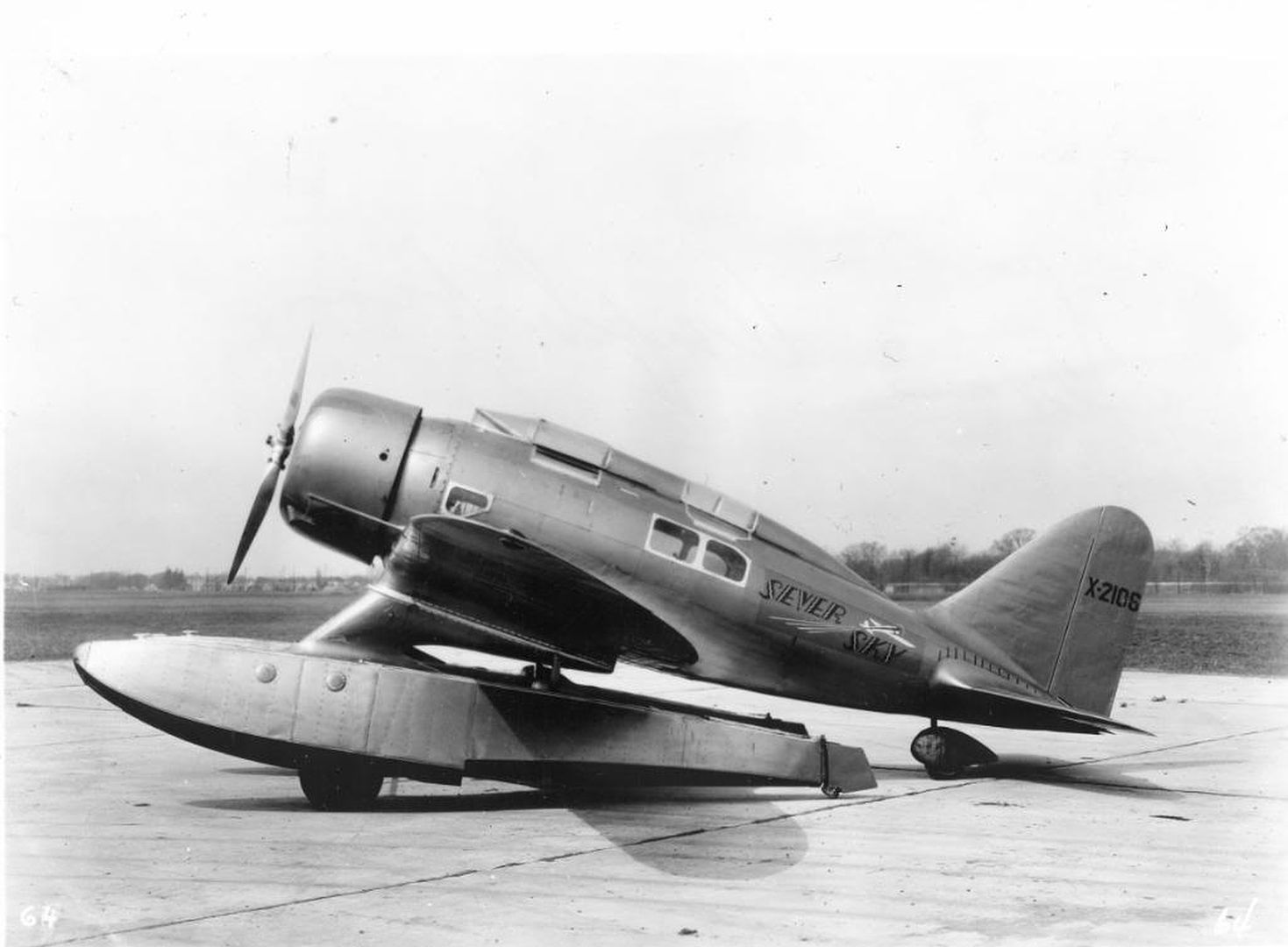
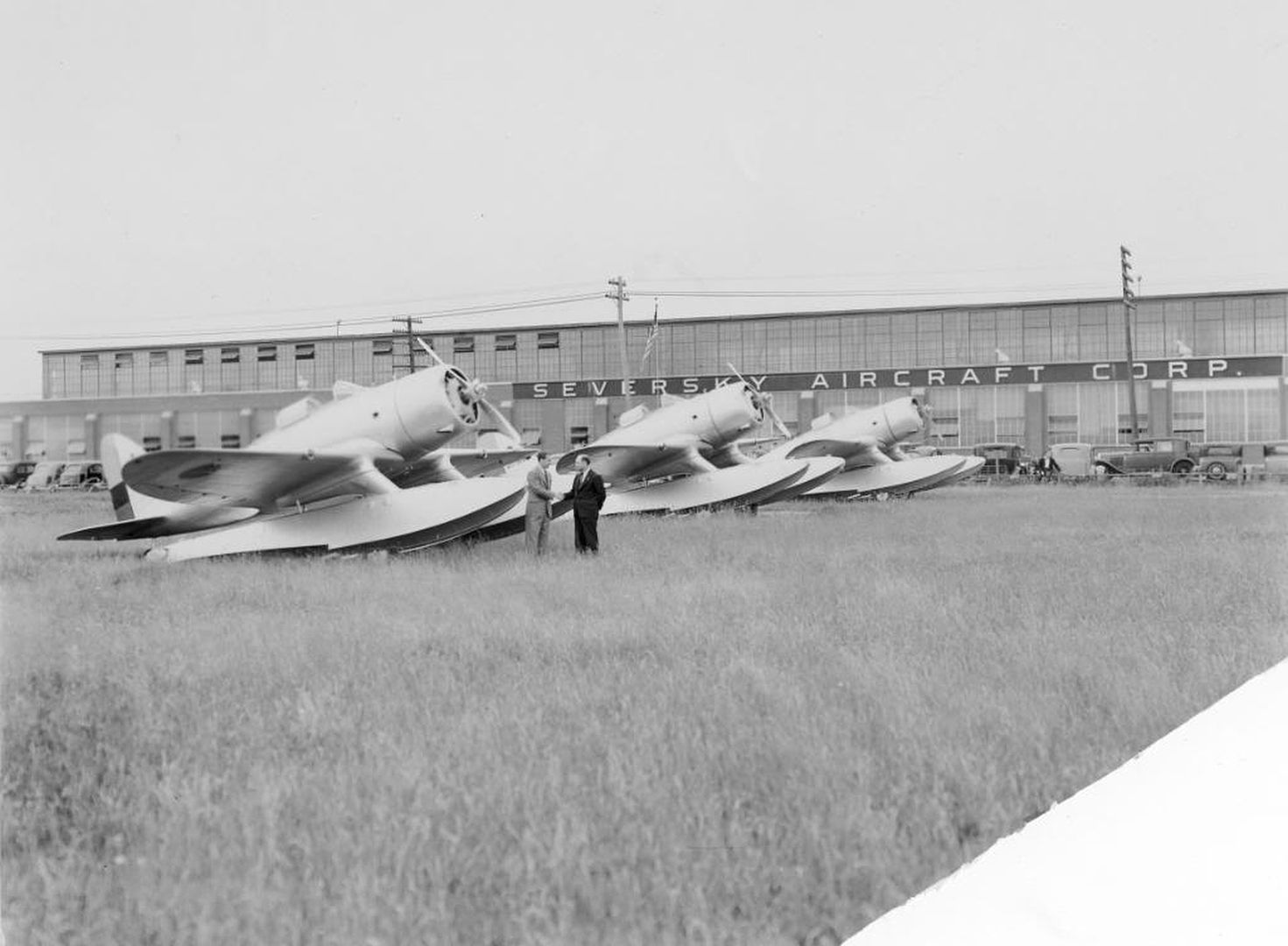
In 1934, the SEV-3 design was modified into a trainer configuration, designated the "SEV-3XAR".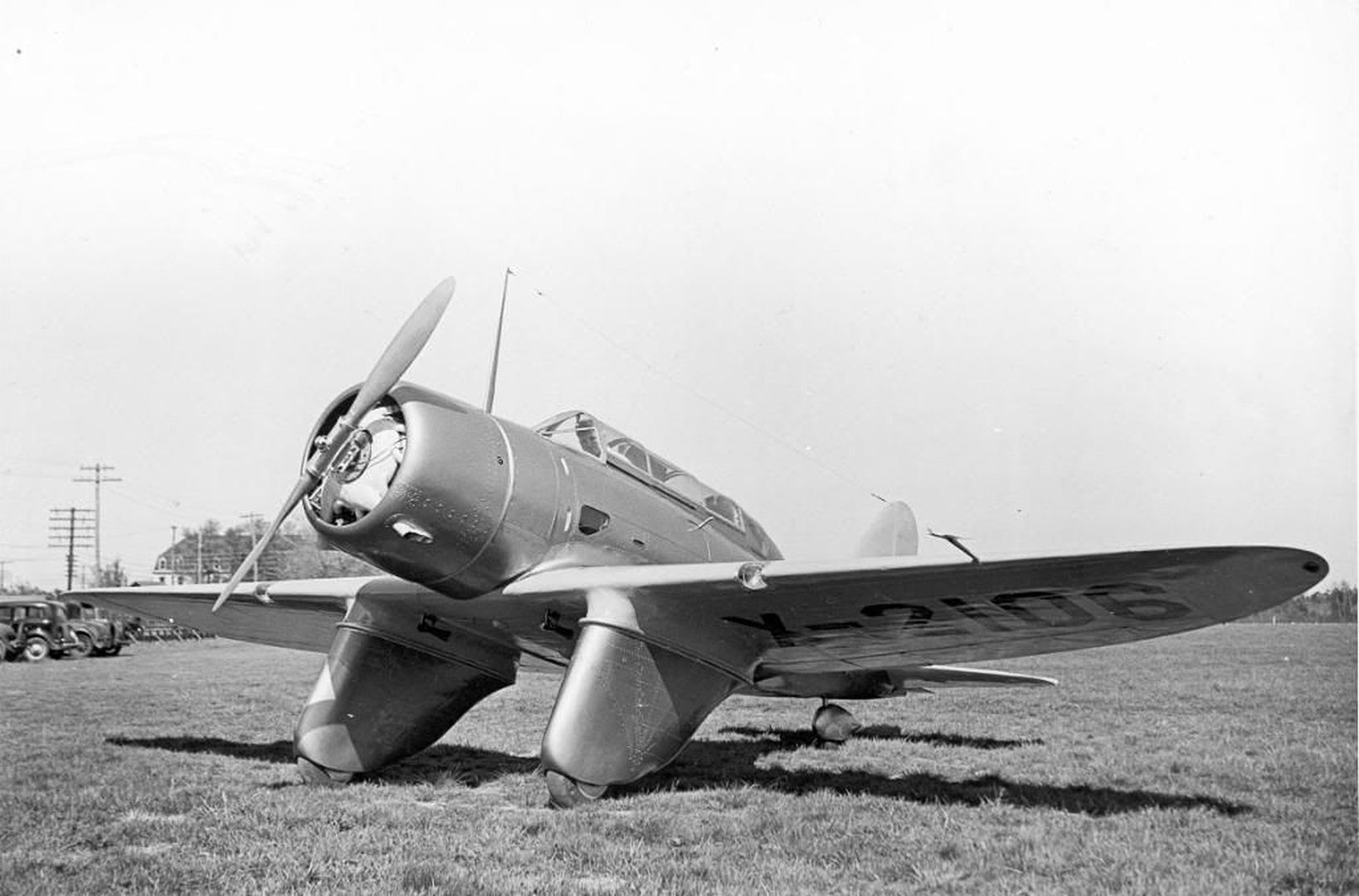
The float system was replaced by fixed landing gear with spats, the canopy was redesigned, and the engine was changed to a Wright R-975 radial with 710 kW (950 HP). The SEV-3XAR was entered in a Air Corps competition for a flight trainer, and the Army ordered thirty examples of a derivative, the "BT-8 (Basic Trainer)". Unfortunately, Air Corps regulations required that the engine of a trainer be limited to 300 kW (400 HP), and so the BT-8 was powered by a Pratt & Whitney (P&W) R-985-11 radial with that power rating. That left the aircraft seriously underpowered, making it a danger to inexperienced pilots, and it was quickly replaced by the North American "BT-9", which evolved into the famous "AT-6 Texan" trainer.
Although the BT-8 was a loser, Kartveli had also designed a fighter derivative of the SEV-3, initially designated "SEV-2M" but quickly redesignated "SEV-2XP", where the "2" indicated a two-seat aircraft. The SEV-2XP used a Wright R-1670 14-cylinder air-cooled radial engine with 550 kW (735 HP). It had fixed landing gear with spats, and was armed with one 7.62 millimeter (0.30 caliber) and one 12.7 millimeter (0.50 caliber) Browning machine gun firing through the propeller arc, plus a 7.62 millimeter Browning on a rearward-facing hand-held mount for use by the back-seater.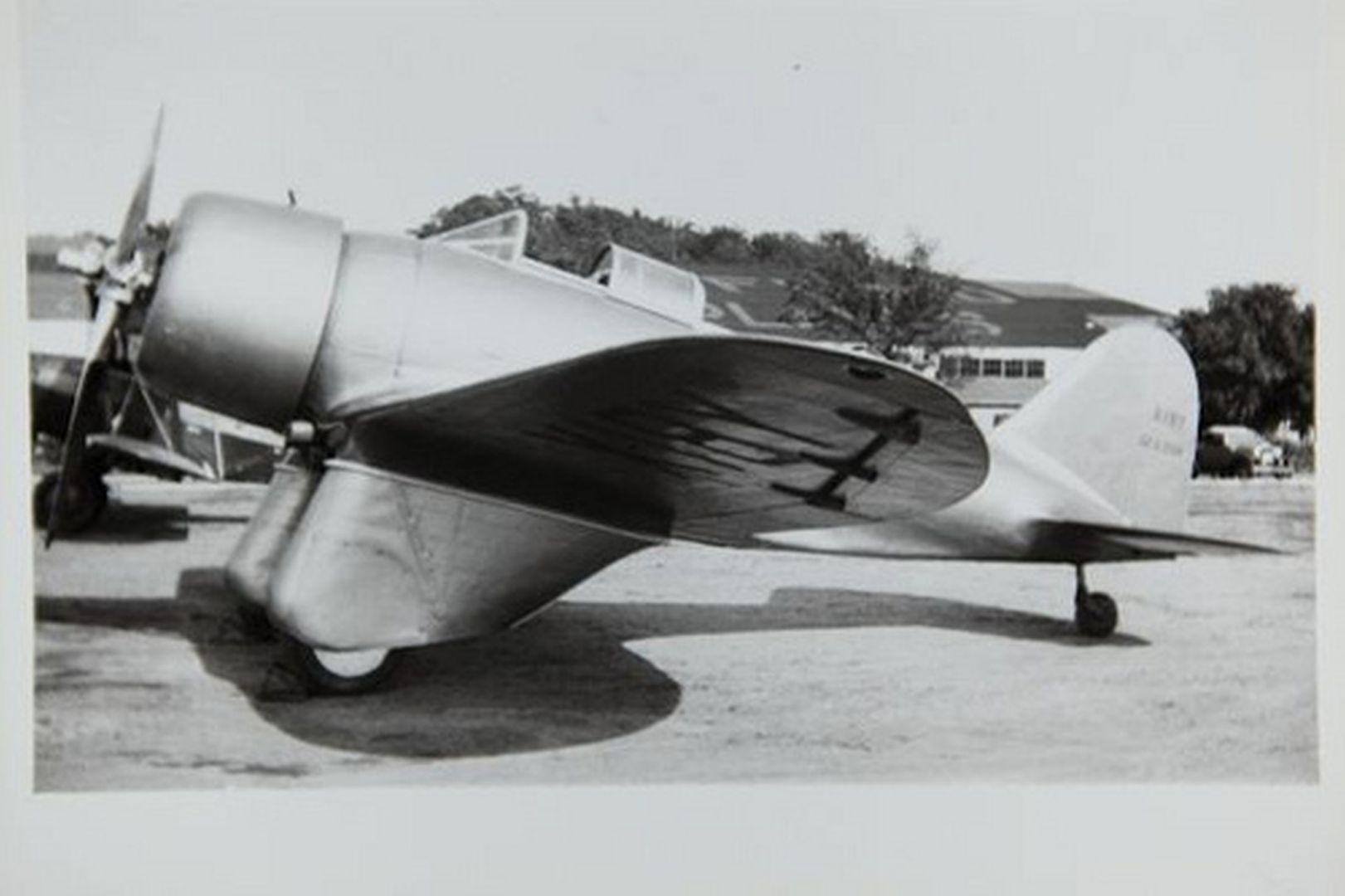
In May 1935, the Air Corps announced a competition for a new single-seat fighter. Seversky believed the SEV-2XP could win, even though it was a two-seat fighter, and entered in the competition. However, the SEV-2XP was damaged in mid-June while flying to Wright Field in Ohio for the fly-off, and the machine went back to the shop.
Second thoughts arose about the aircraft's configuration, and so it was reworked into a single-seat fighter designated the "SEV-1XP". Along with the new single-seat cockpit and the elimination of the flexible gun, the fixed landing gear was changed to gear that retracted into underwing fairings. The Wright R-1670 had not been powerful enough, and so, after experiments with different engine fits, the Seversky Company installed a P&W R-1830-9 Twin Wasp radial, with 635 kW (850 HP)
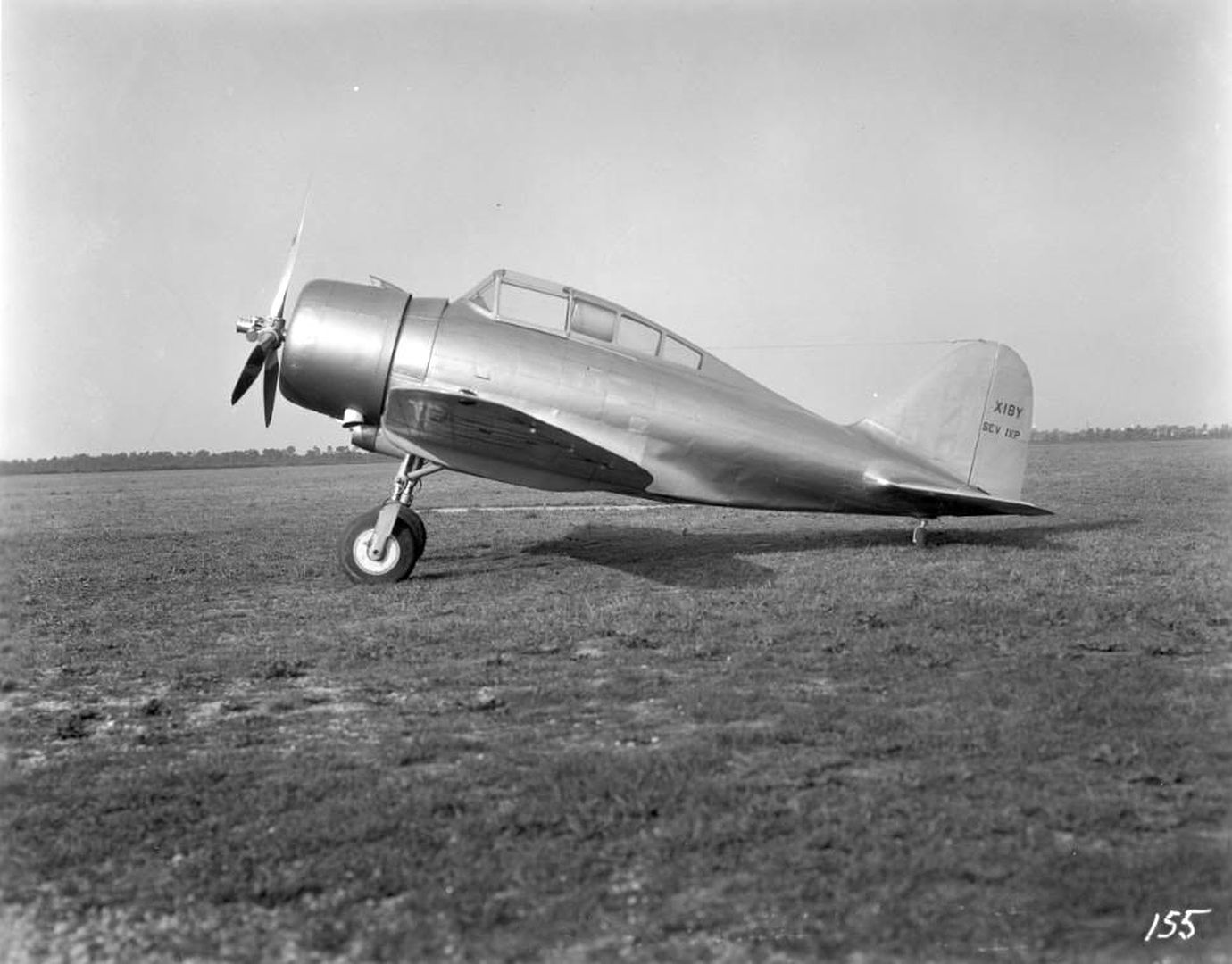
The Seversky Company was able to make these changes because the Air Corps postponed the fighter competition, with the fly-off rescheduled to March 1936. The SEV-1XP was entered in the competition, and ended up as a finalist against the Curtiss "Model 75 Hawk". The SEV-1XP was selected as the winner of the competition on 16 June 1936, and a production order for 77 of the aircraft, with the Air Corps designation "P-35", was confirmed in early 1937. However, as tensions rose in Europe, the Air Corps also ordered 210 Hawks under the designation "P-36".
The P-35, which had the company designation "AP-1 (Army Pursuit 1)", entered service in 1937, the last of the batch being delivered in August 1938. 76 P-35s were actually built instead of the 77 ordered, with the 77th aircraft finished as an experimental variant for the Air Corps, featuring a P&W R-1830-9 engine with a two-stage, two-speed supercharger and 895 kW (1,200 HP); better streamlining, including fully retractable landing gear; and the designation of "XP-41".
The production P-35 differed from the SEV-1XP by featuring partial mainwheel fairings instead of full mainwheel fairings, seven degrees of dihedral to the outer wing panels, and a more aerodynamic front canopy.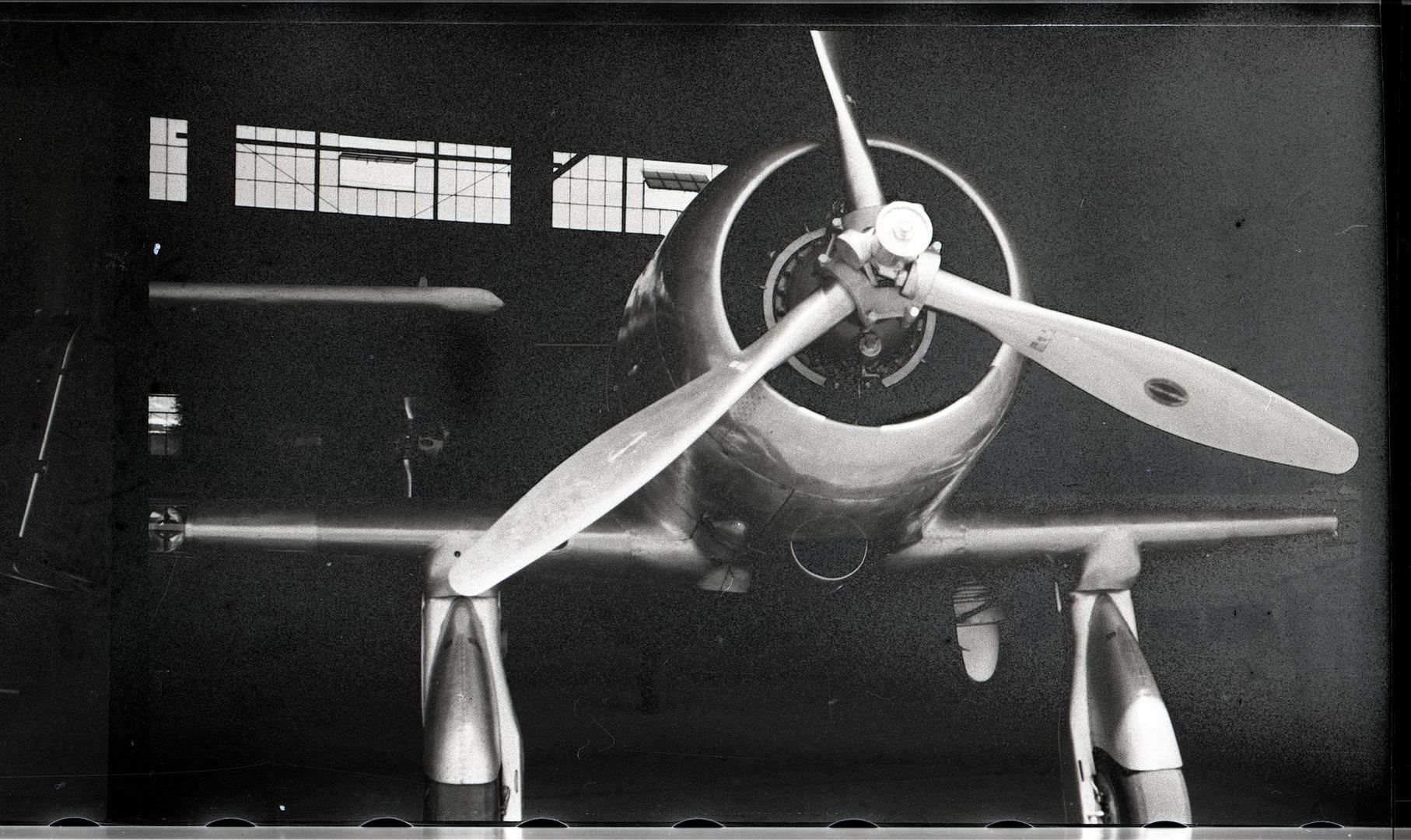

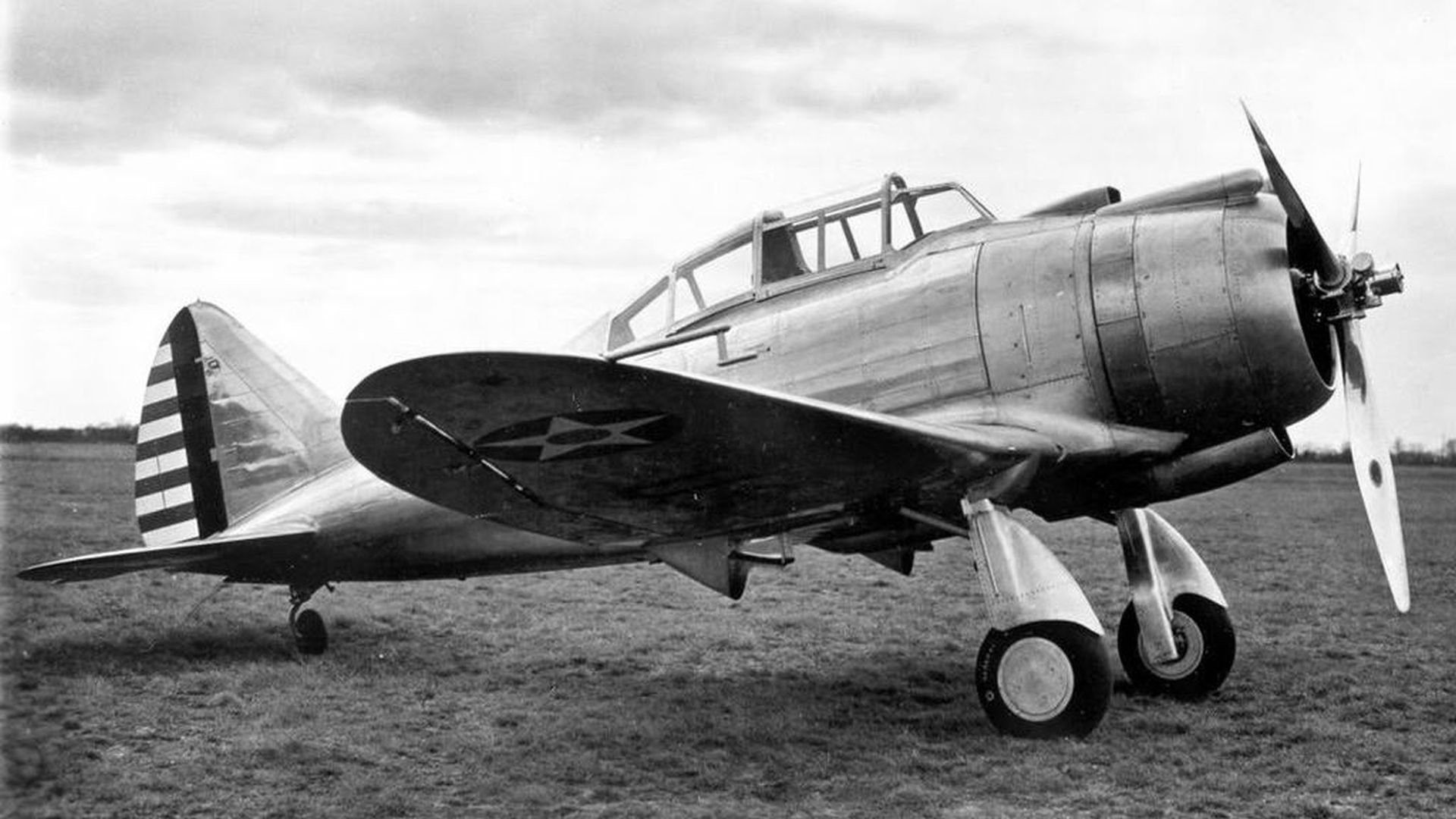
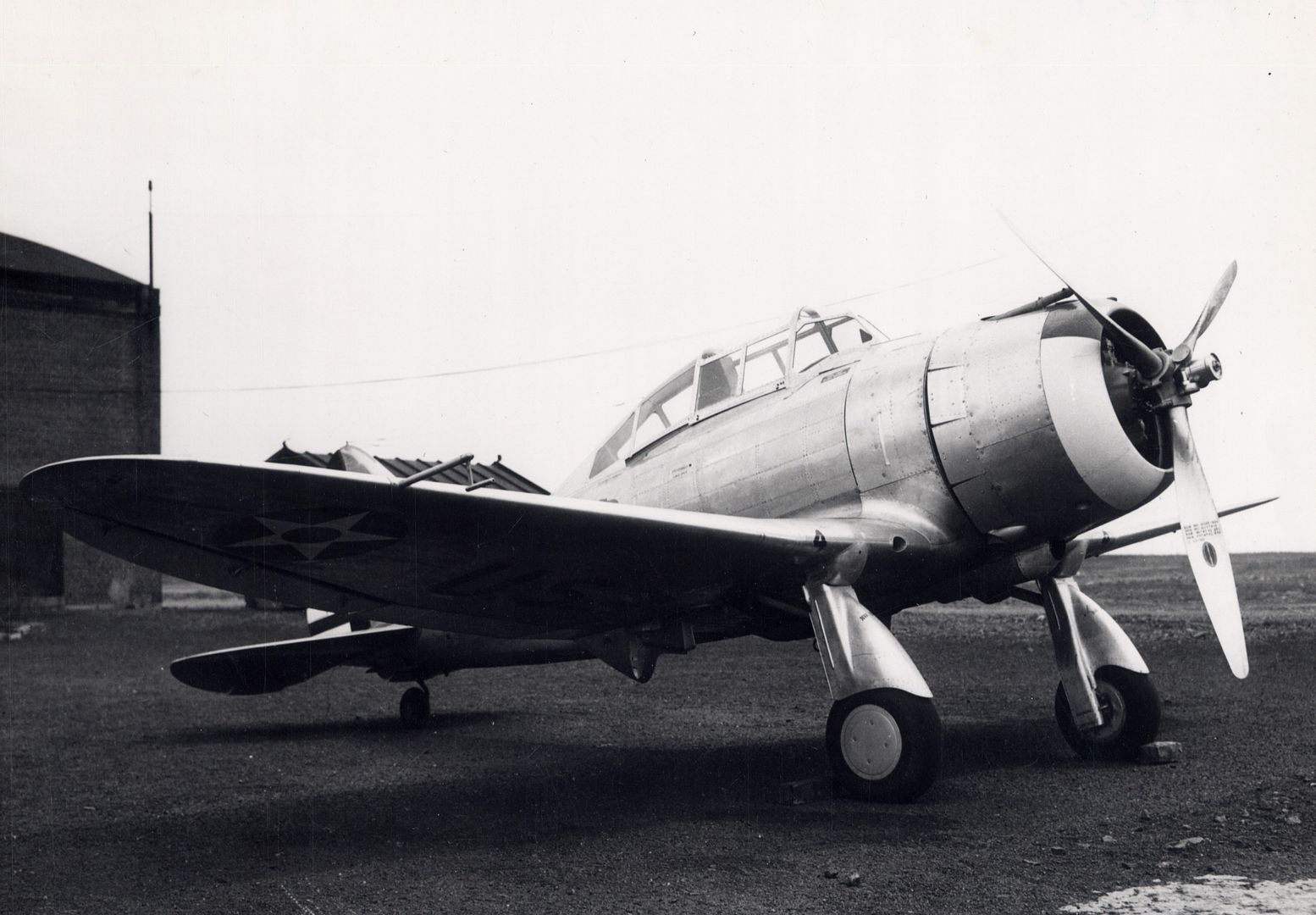
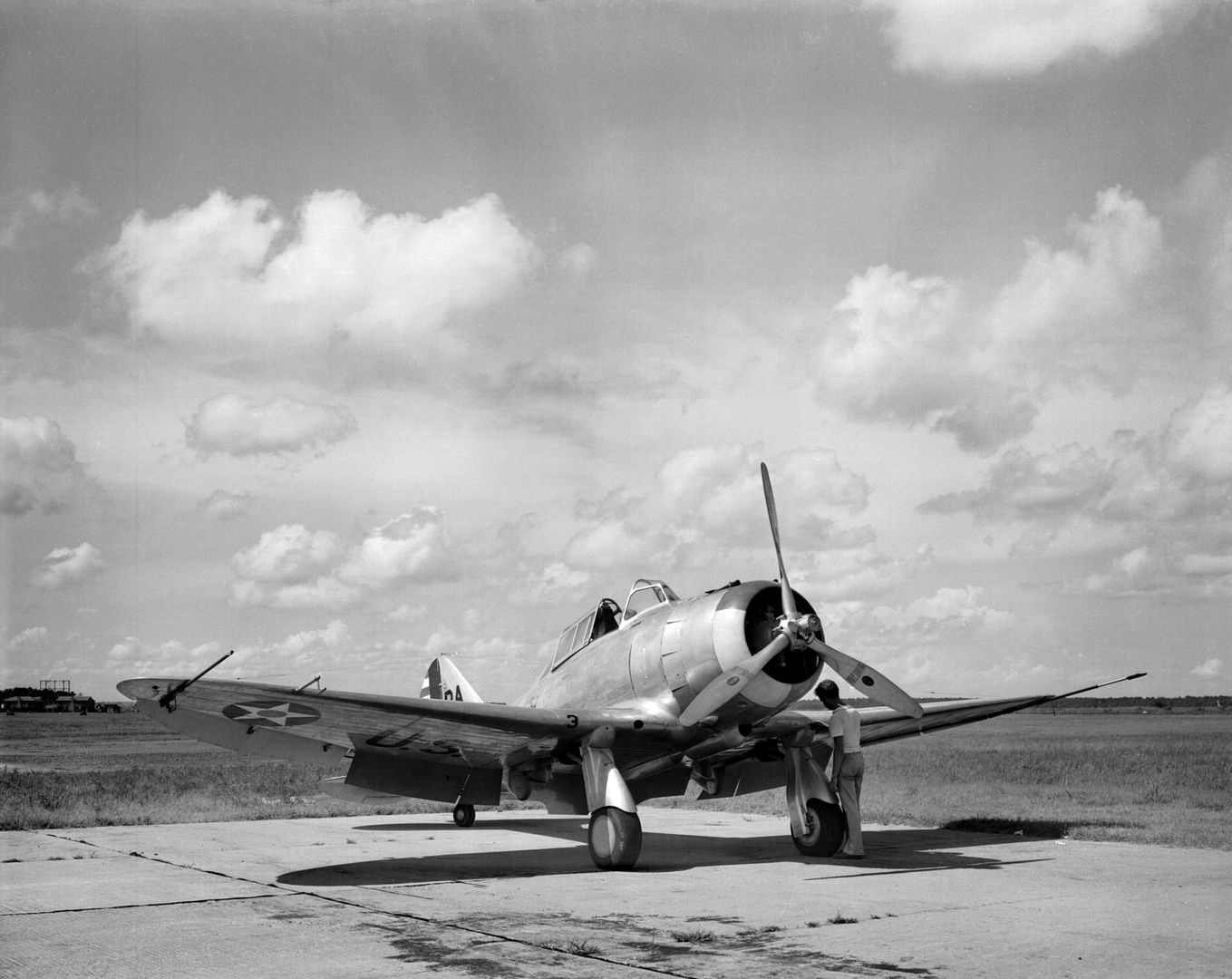

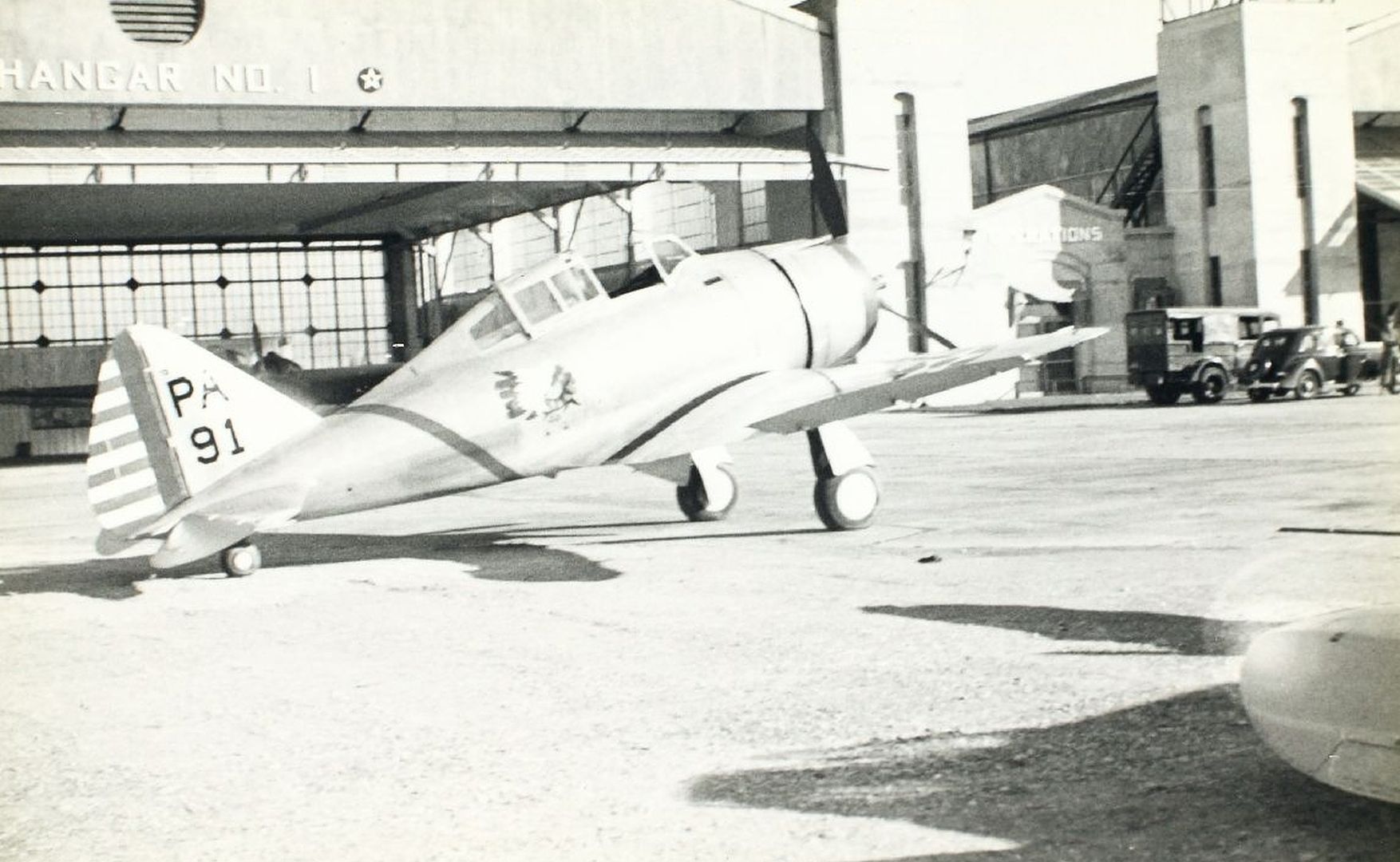

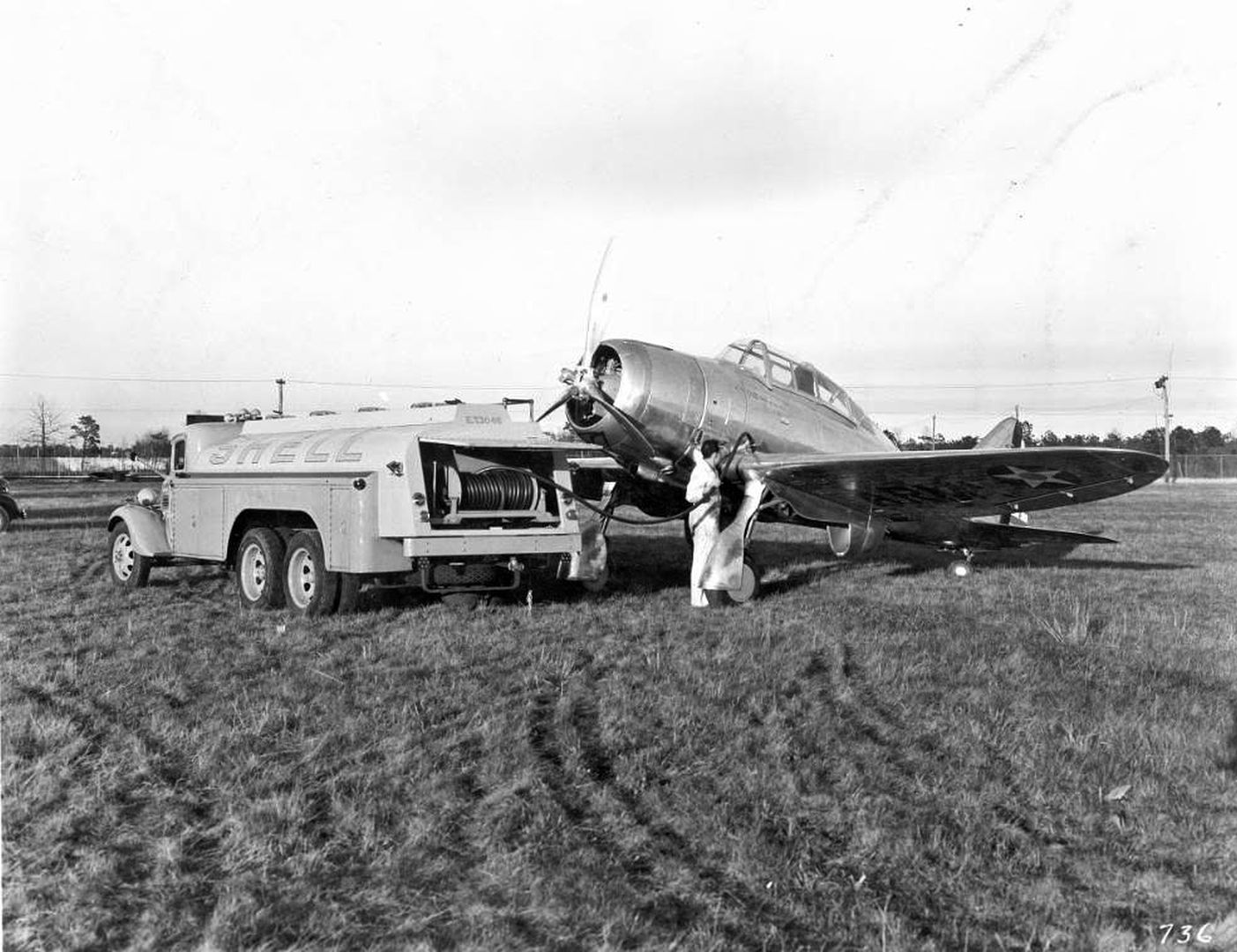
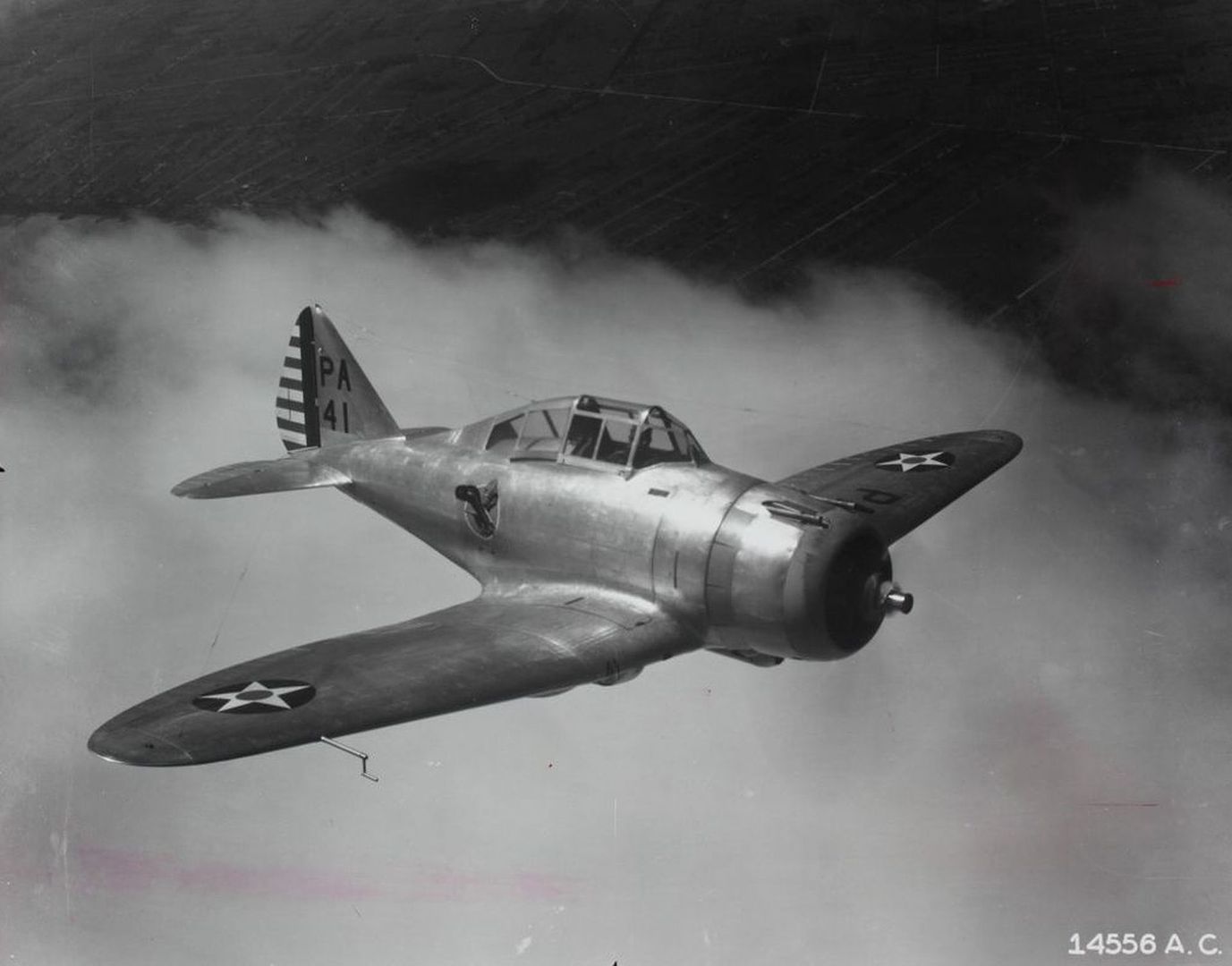
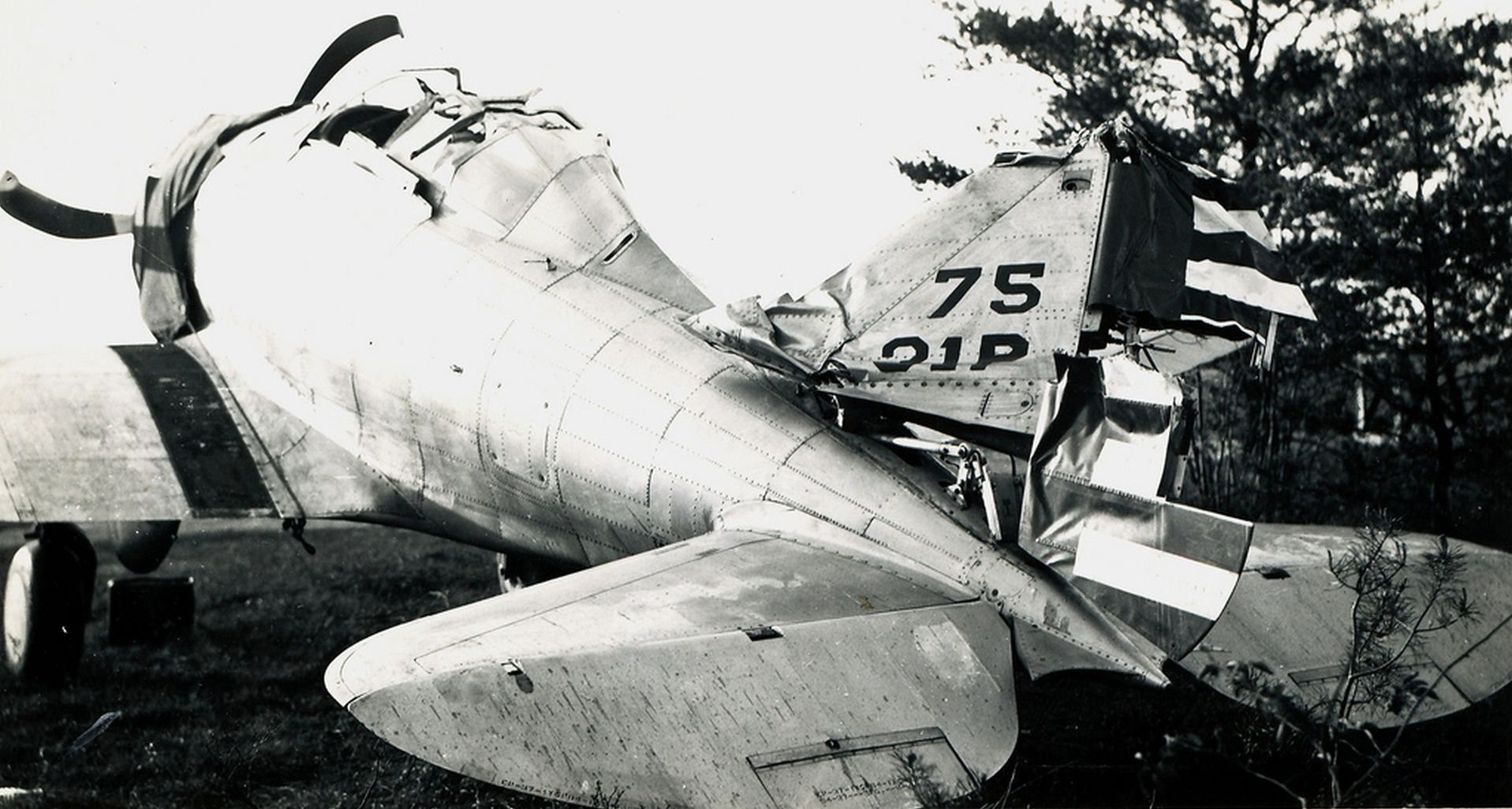
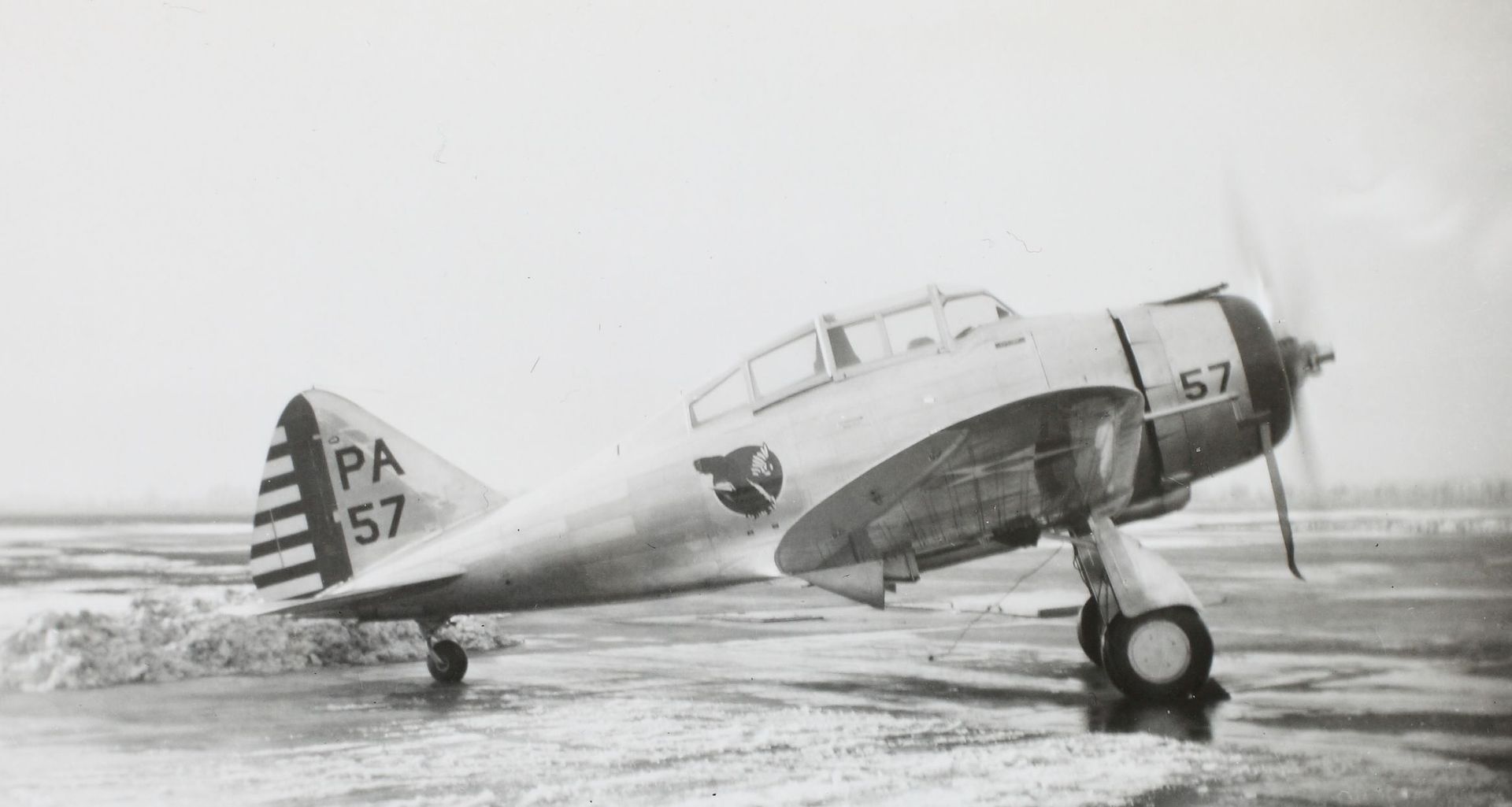
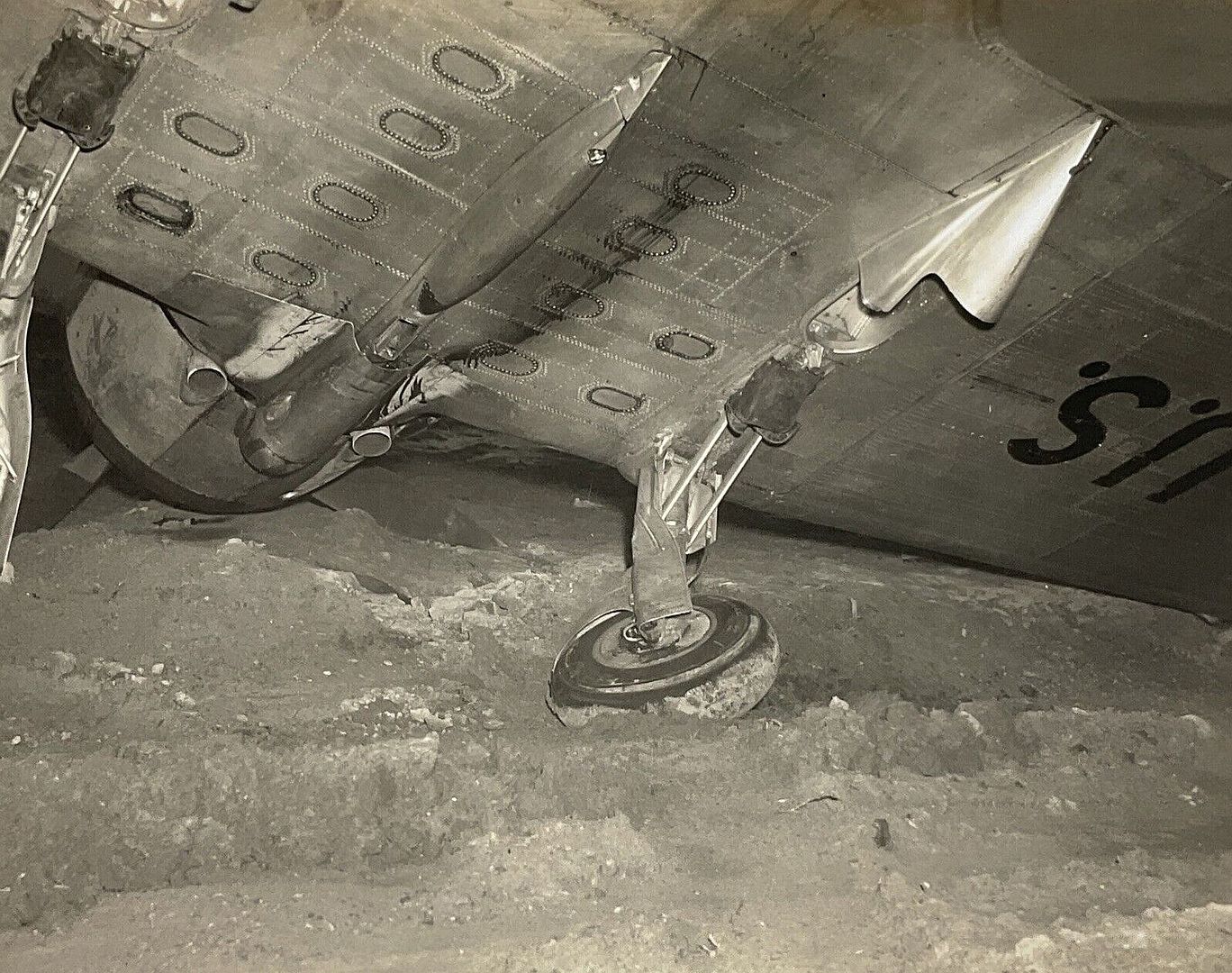
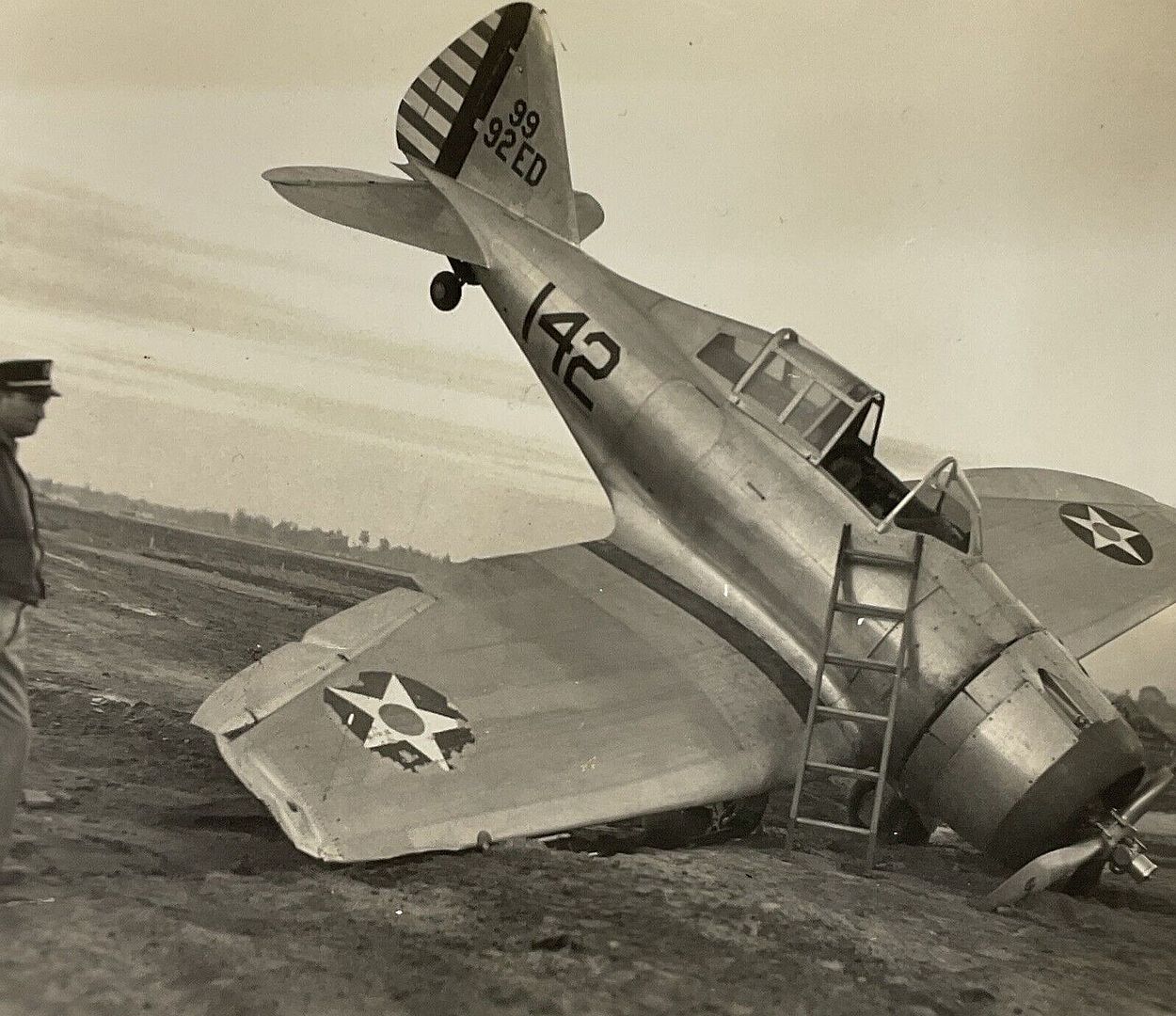
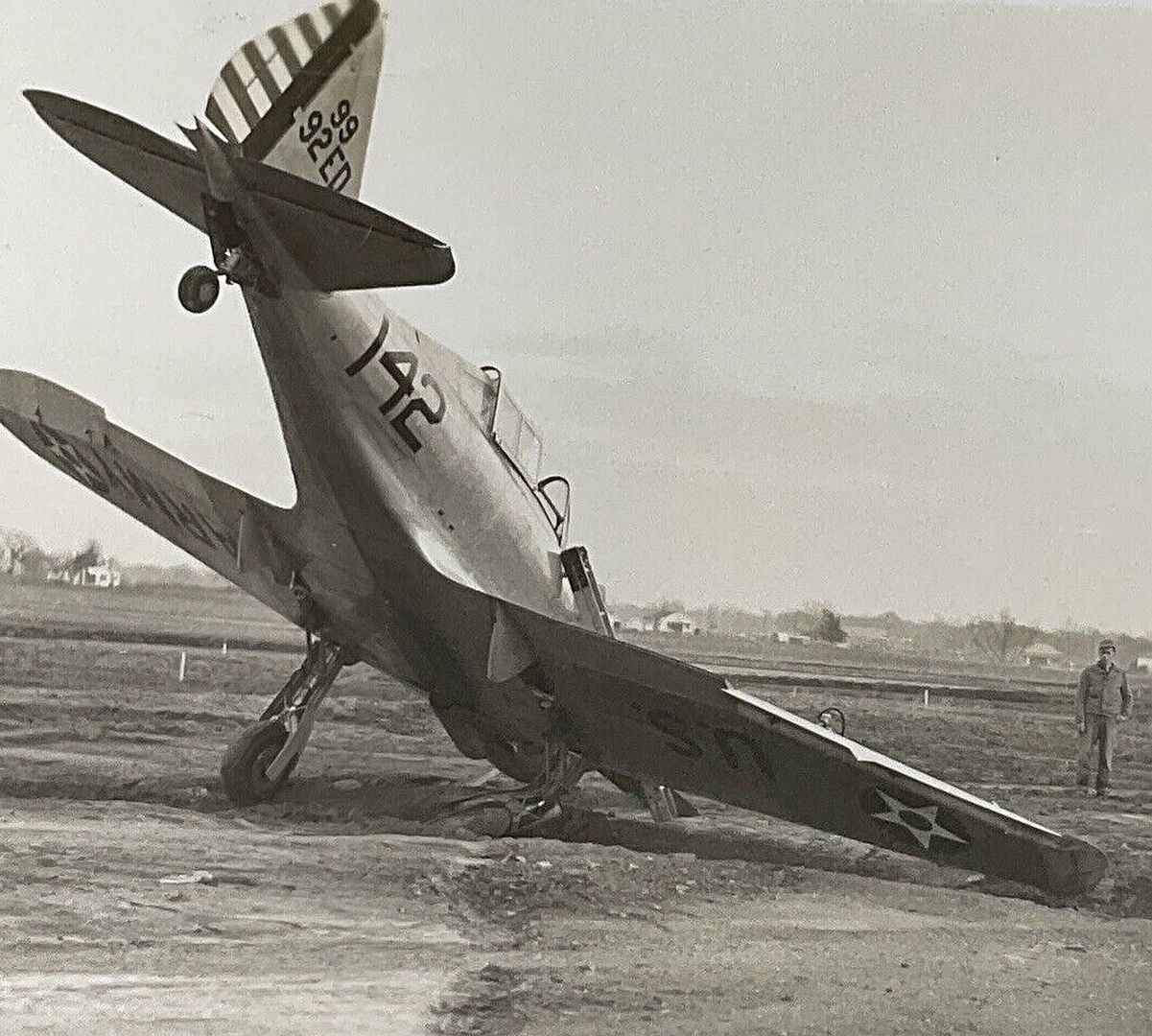



SEVERSKY P-35:
_____________________ _________________ _______________________
spec metric english
_____________________ _________________ _______________________
wingspan 11 meters 36 feet
wing area 20.44 sq_meters 220 sq_feet
length 7.67 meters 25 feet 2 inches
height 2.77 meters 9 feet 1 inch
empty weight 1,960 kilograms 4,315 pounds
normal loaded weight 2,540 kilograms 5,600 pounds
max speed at altitude 454 KPH 282 MPH / 245 KT
service ceiling 9,325 meters 30,600 feet
range 1,850 kilometers 1,150 MI / 1,000 NMI
_____________________ _________________ _______________________
The P-35's performance was poor even by contemporary standards and its handling was atrocious, with a nasty tendency to go into a spin in a tight turn. Although Air Corps fliers appreciated the P-35's ruggedness, the aircraft was already obsolescent by the time deliveries were finished.
Kartveli continued to refine the P-35 design while the aircraft was being produced. The company constructed a range of one-off variants with different powerplants and enhancements, with the designations "AP-2", "AP-7", "AP-4" (which flew after the AP-7), "AP-9", and the previously mentioned XP-41; and actually built a carrier-based fighter designated the "NF-1 (Naval Fighter 1)".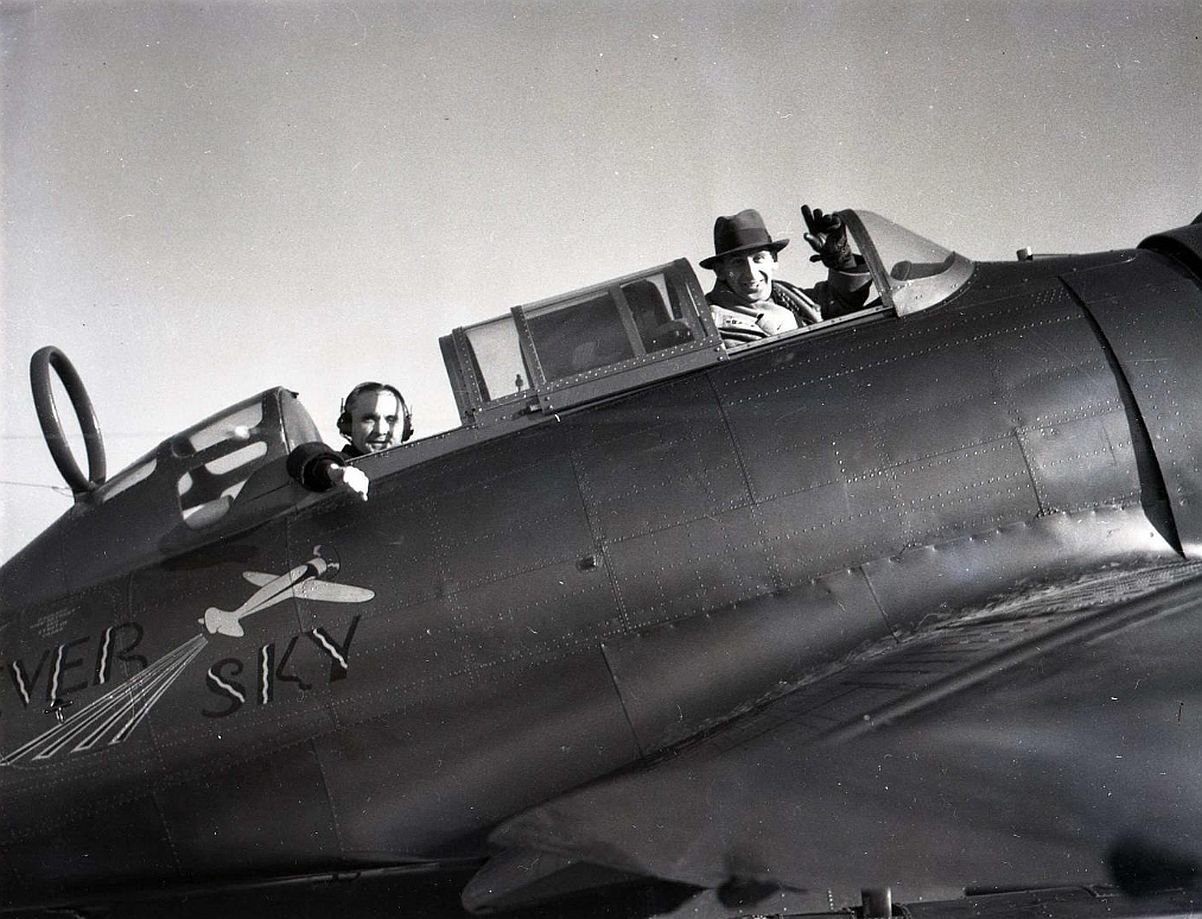
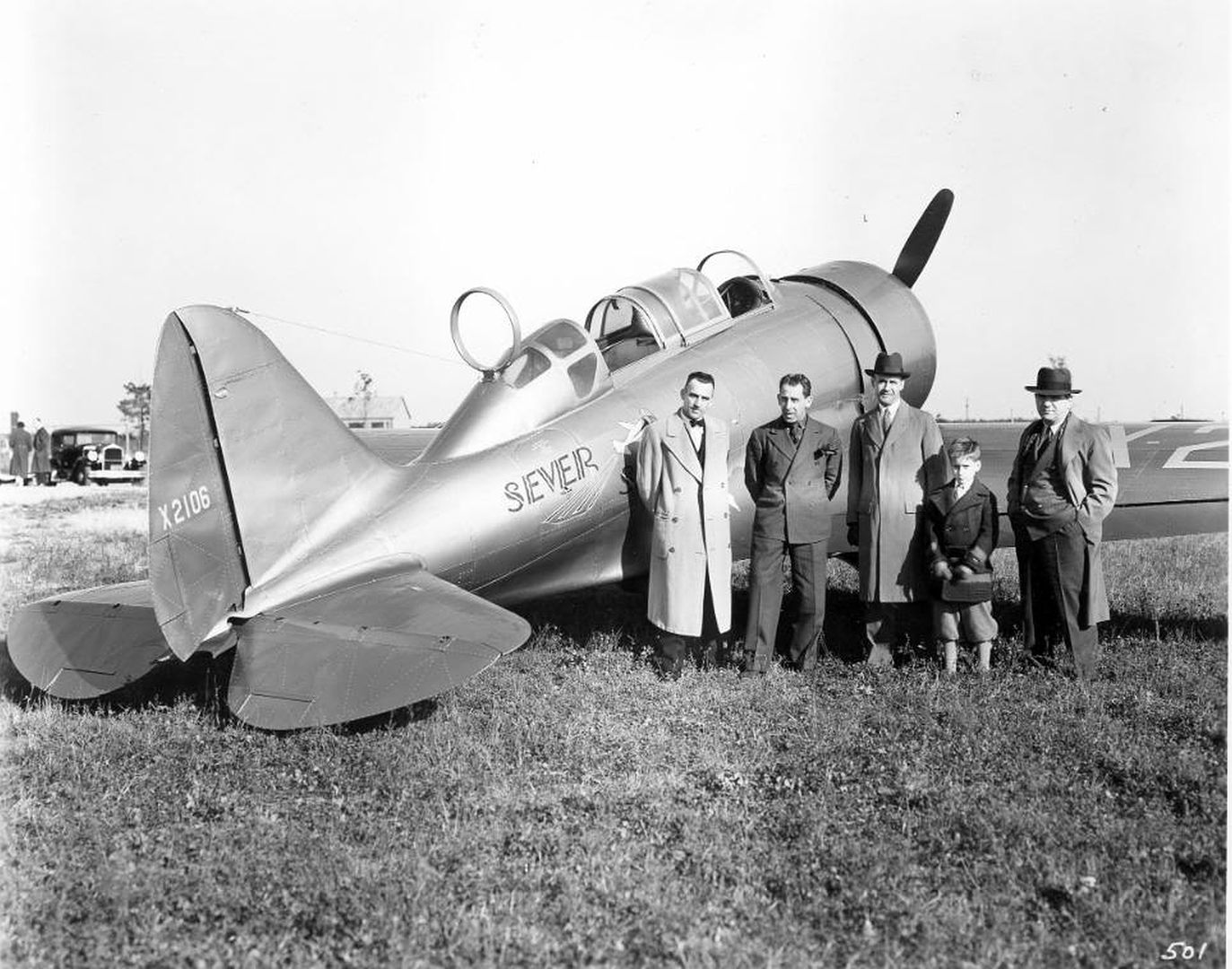
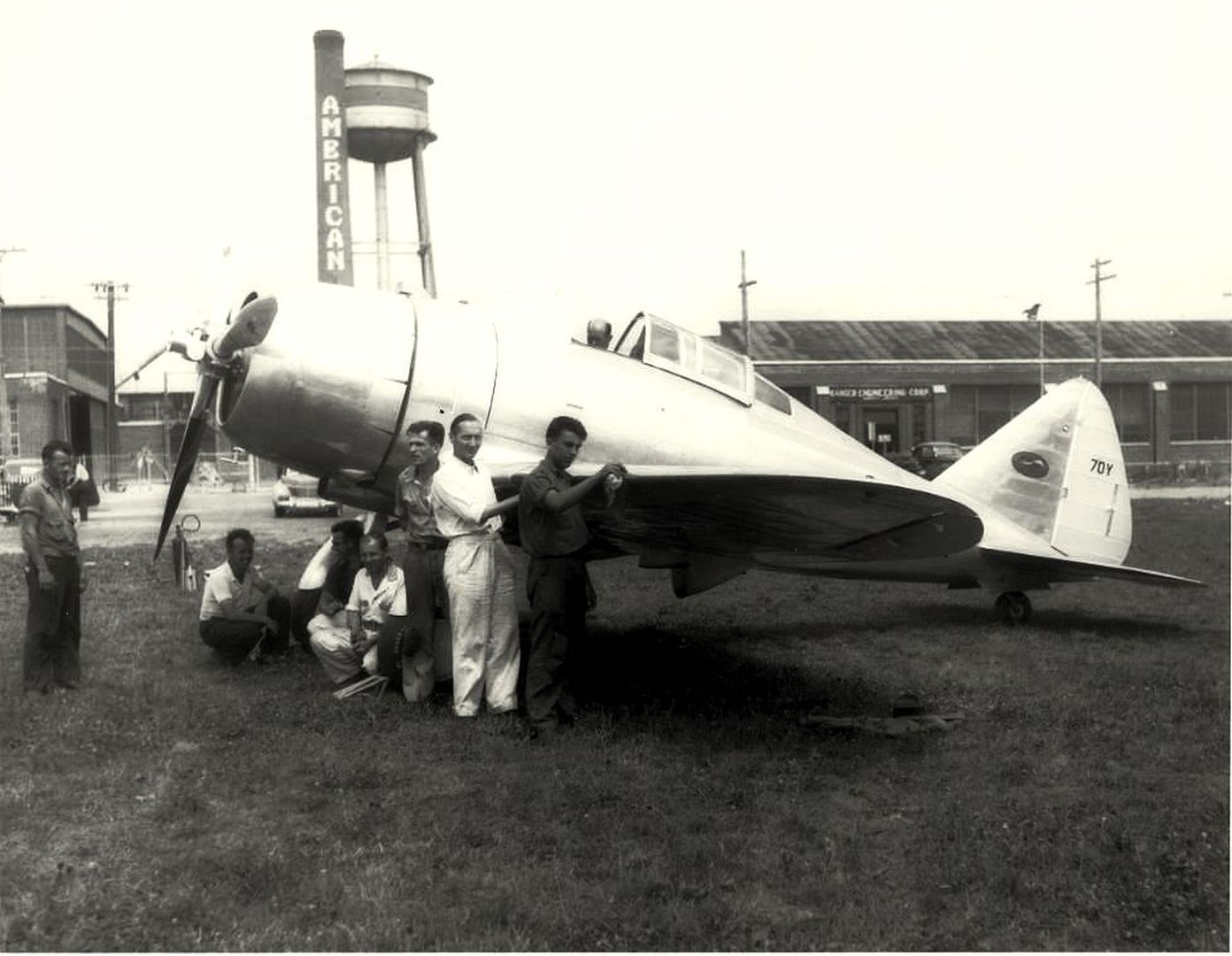


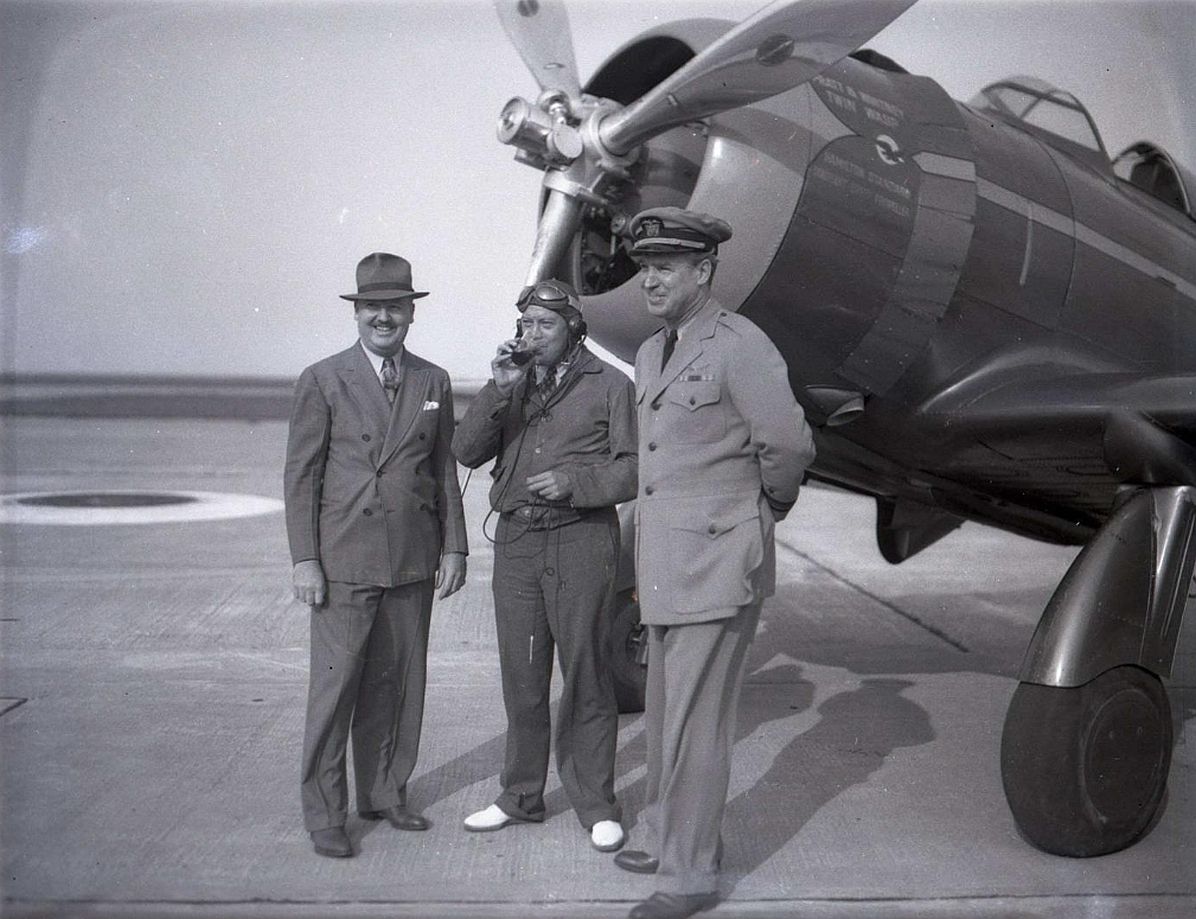
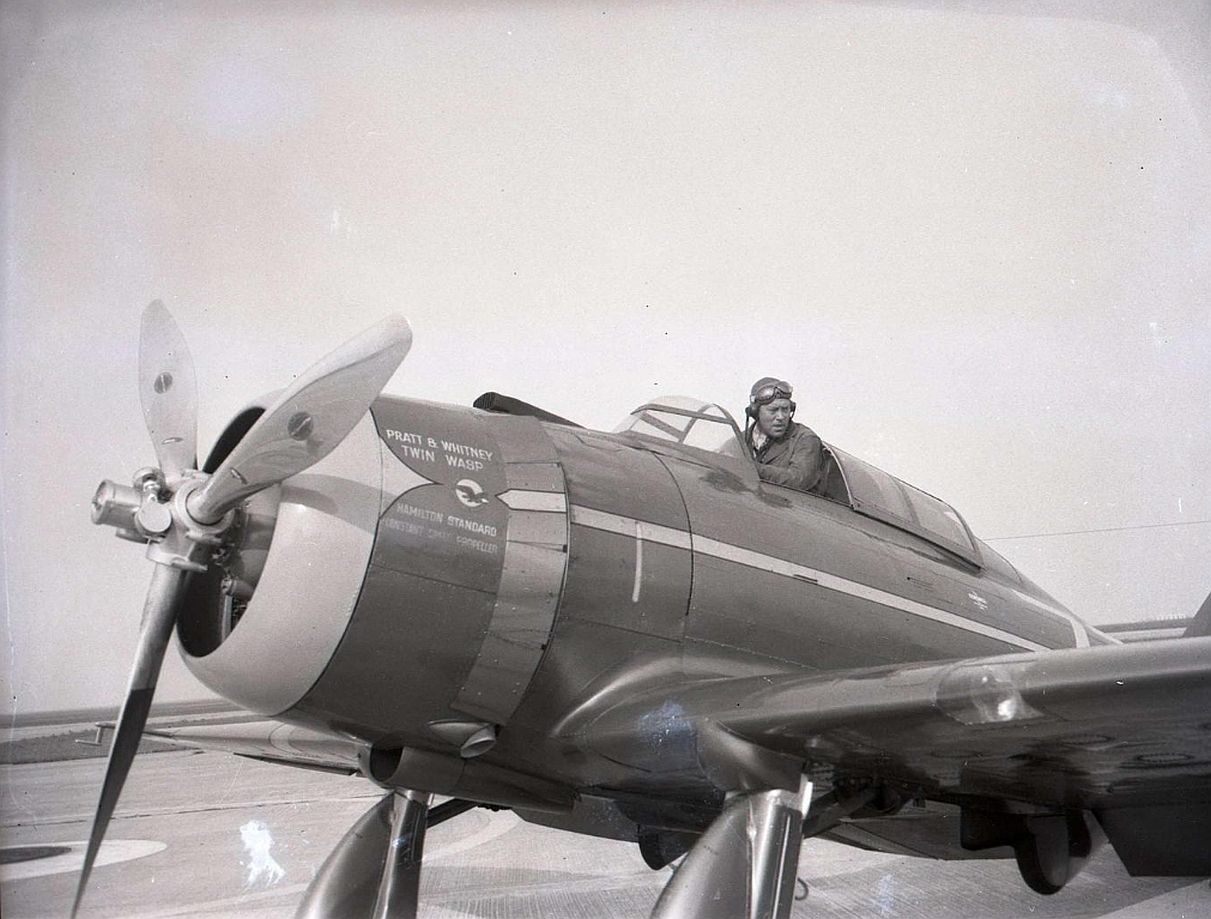
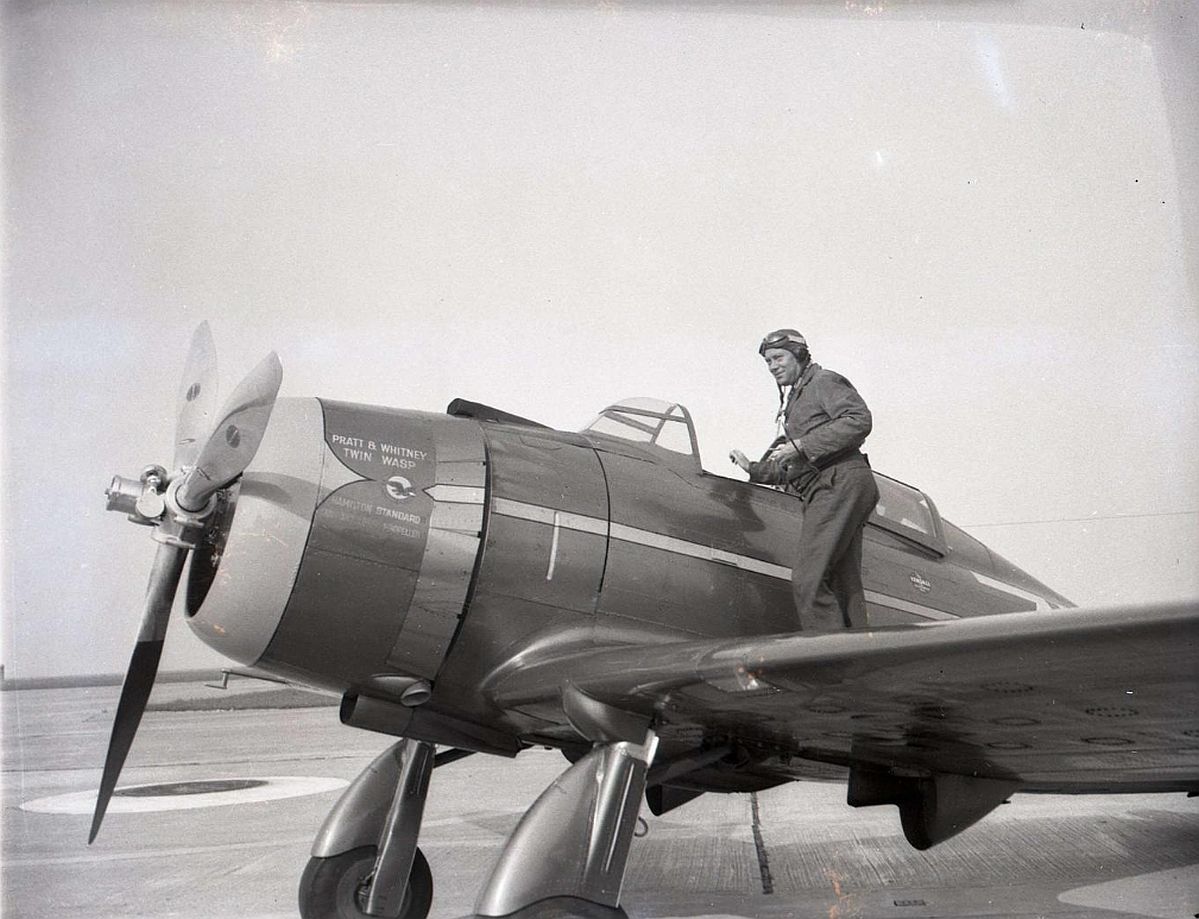

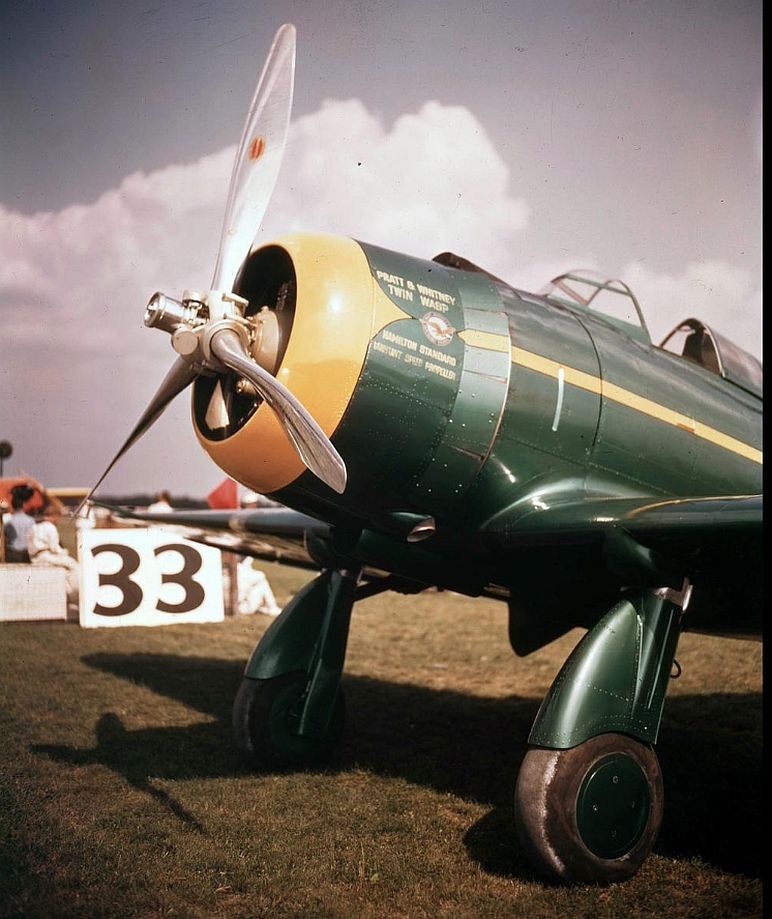
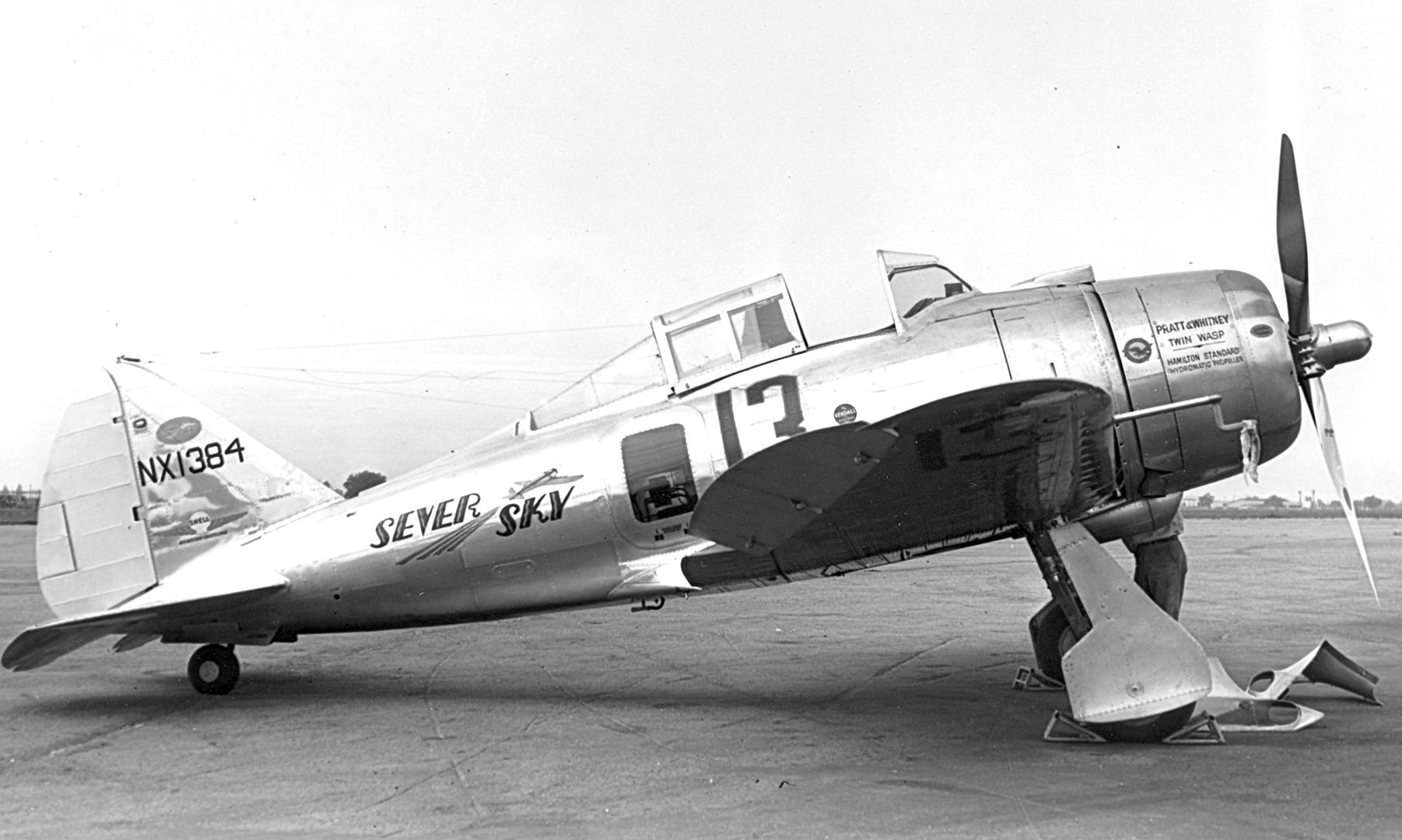
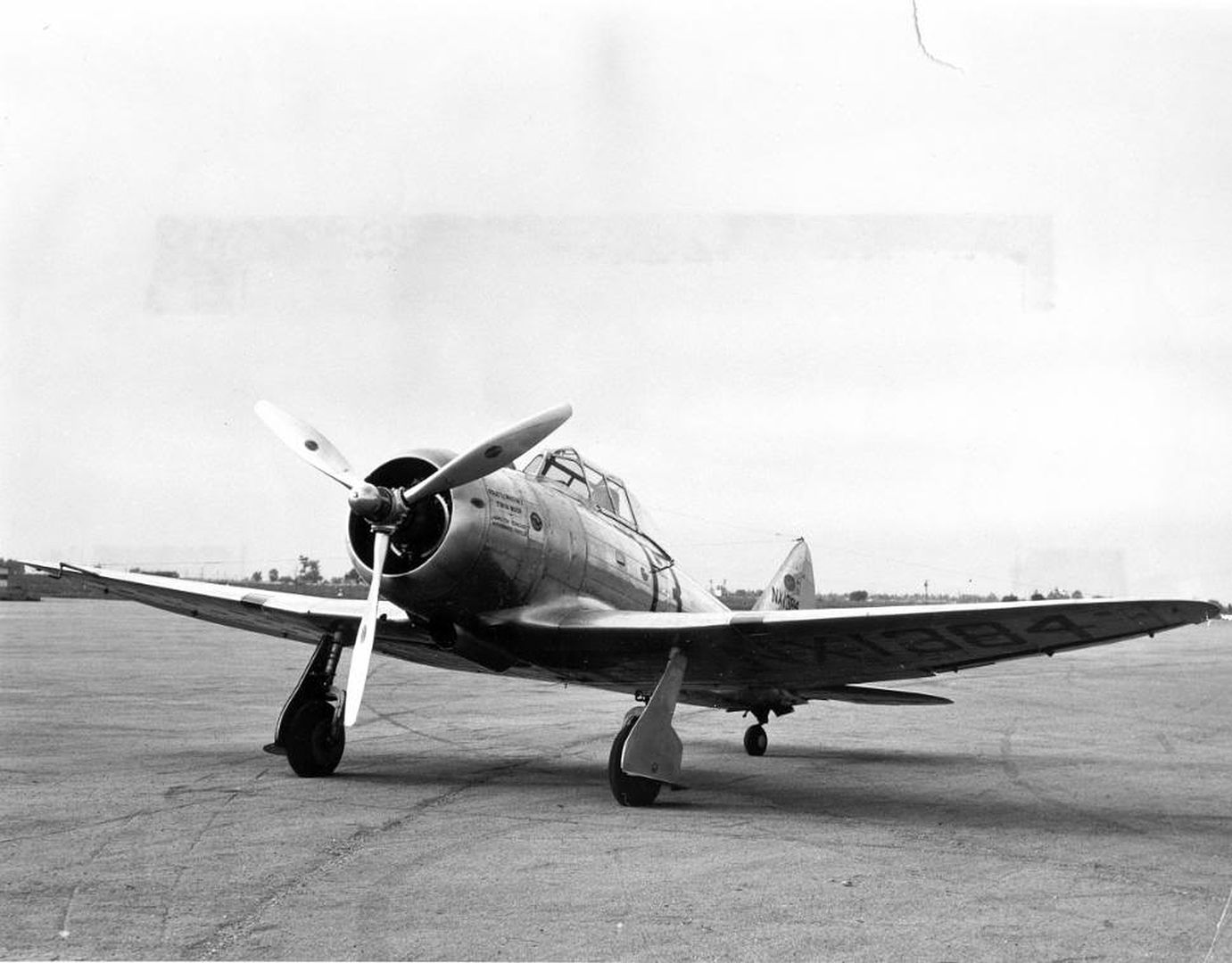
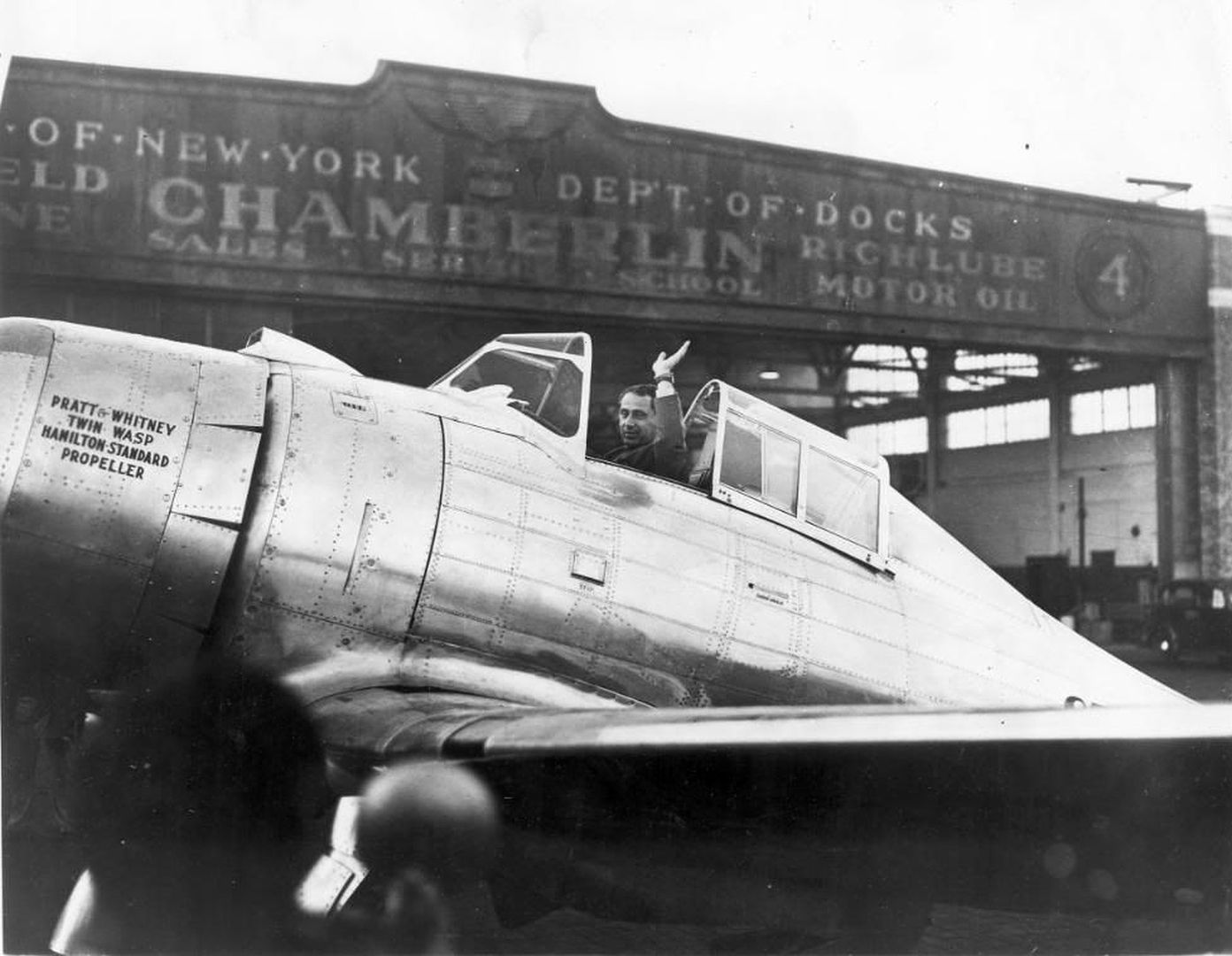
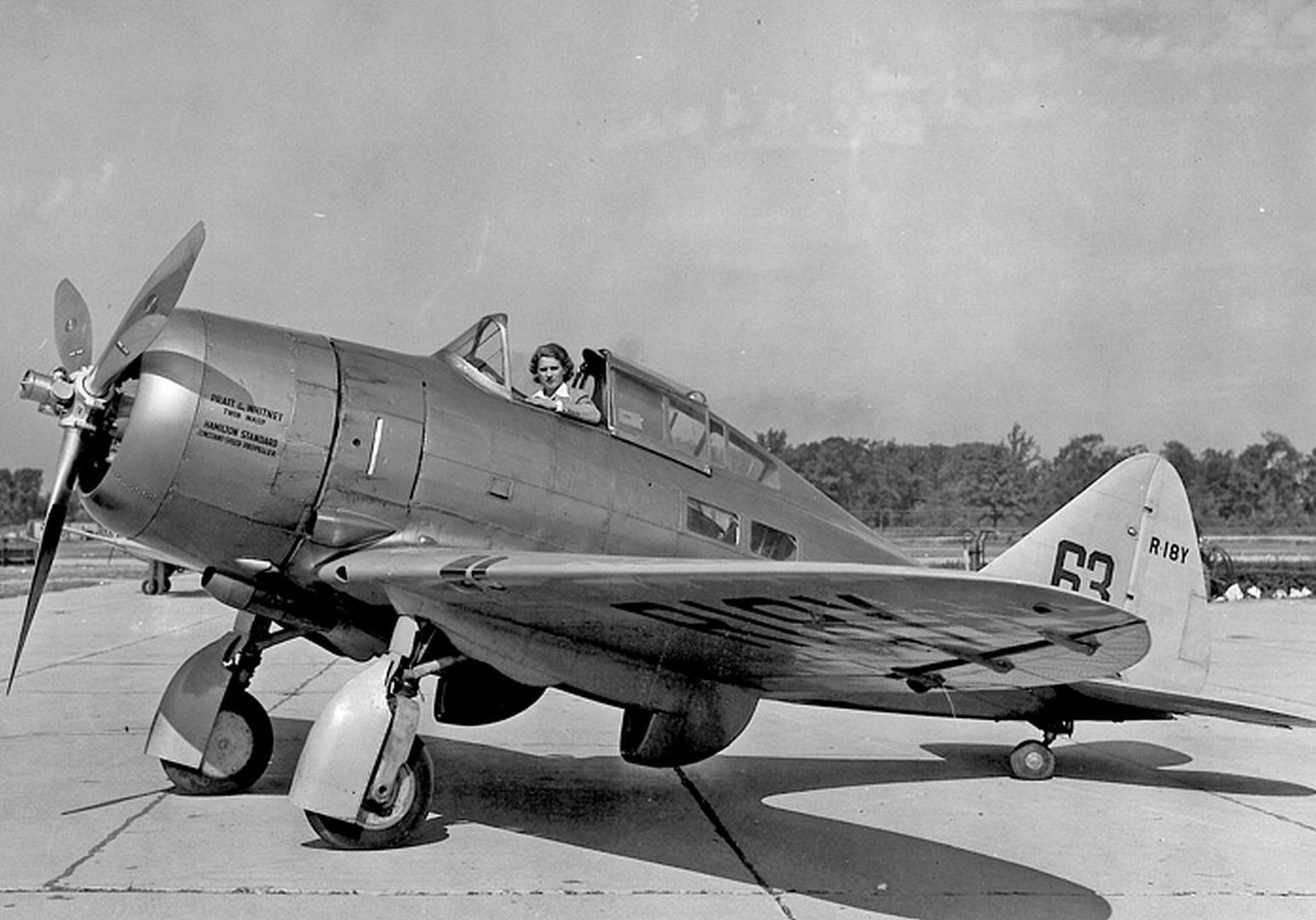
None of these variants went into production and are of little interest, but the AP-4 proved significant in the further development of Seversky aircraft. It featured fully retractable landing gear, flush riveting, and most significantly a P&W R-1830-SC2G engine with a belly-mounted turbocharger, providing 895 kW (1,200 HP) and good high-altitude performance. Exhaust-driven turbocharger technology had been refined by Boeing as part of the development program for the B-17 bomber; the opportunities offered by it for improved performance were of great interest to other aircraft manufacturers.
The one AP-4 built was used as a test platform to evaluate means of improving the aerodynamics of radial-engine fighters. It was fitted with a very large prop spinner and a tight-fitting engine cowling, following similar experiments that had been performed with the first production P-35. The AP-4's big spinner was later removed and a new tight-fitting cowling was installed. Unsurprisingly, these measures led to engine overheating problems. On 22 March 1939, the engine caught fire in flight, the pilot had to bail out, and the AP-4 was lost. However, the AP-4 would lead to bigger and better things.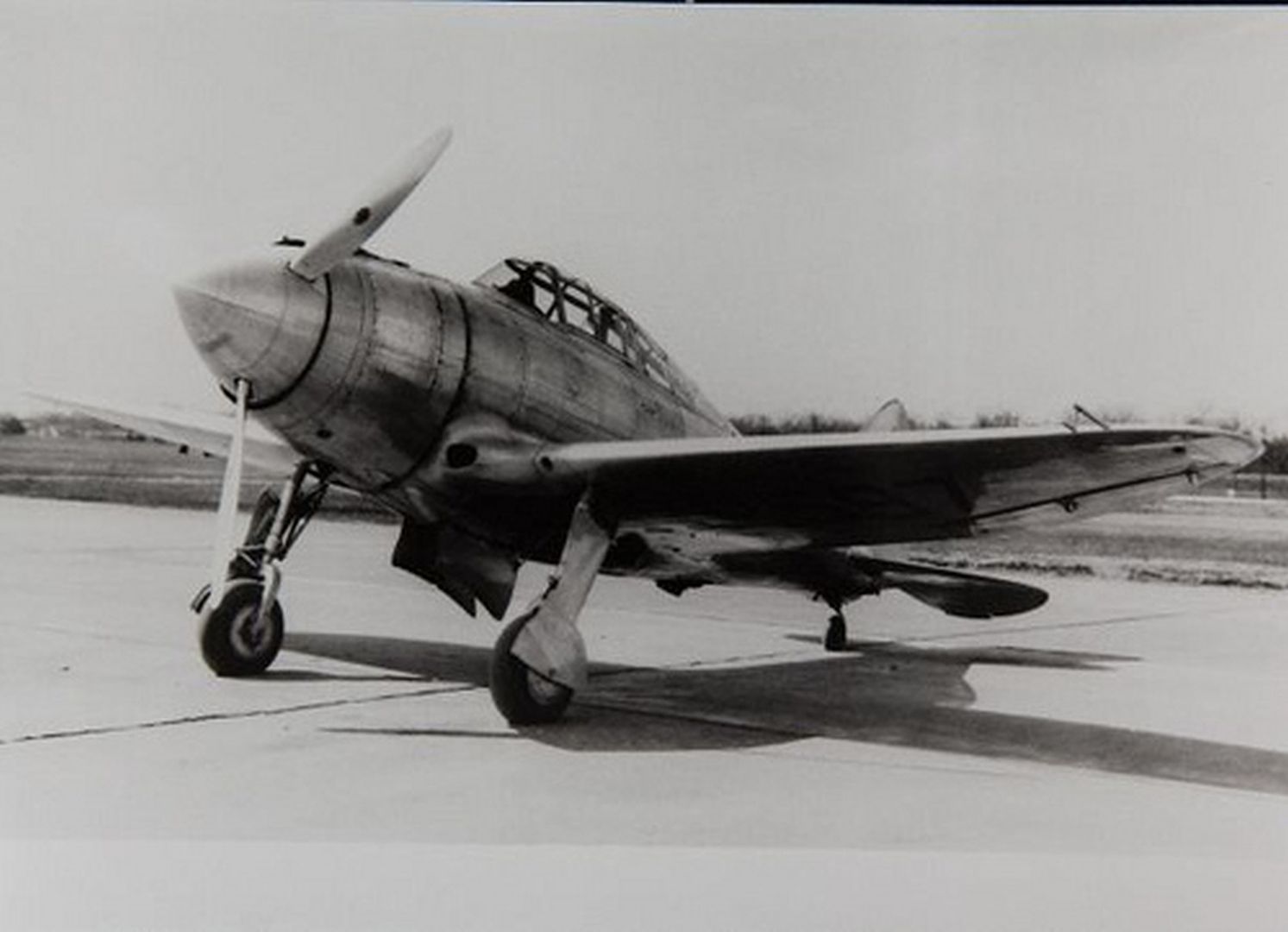
Incidentally, Seversky also built a refinement of the original two-seat fighter concept embodied by the SEV-2XP, resulting in the "SEV-2PA Guardian", apparently also referred to as the "X-BT", which was available with retractable landing gear or floats. The USSR bought one with each landing gear option, plus a manufacturing license, but never put the type into production.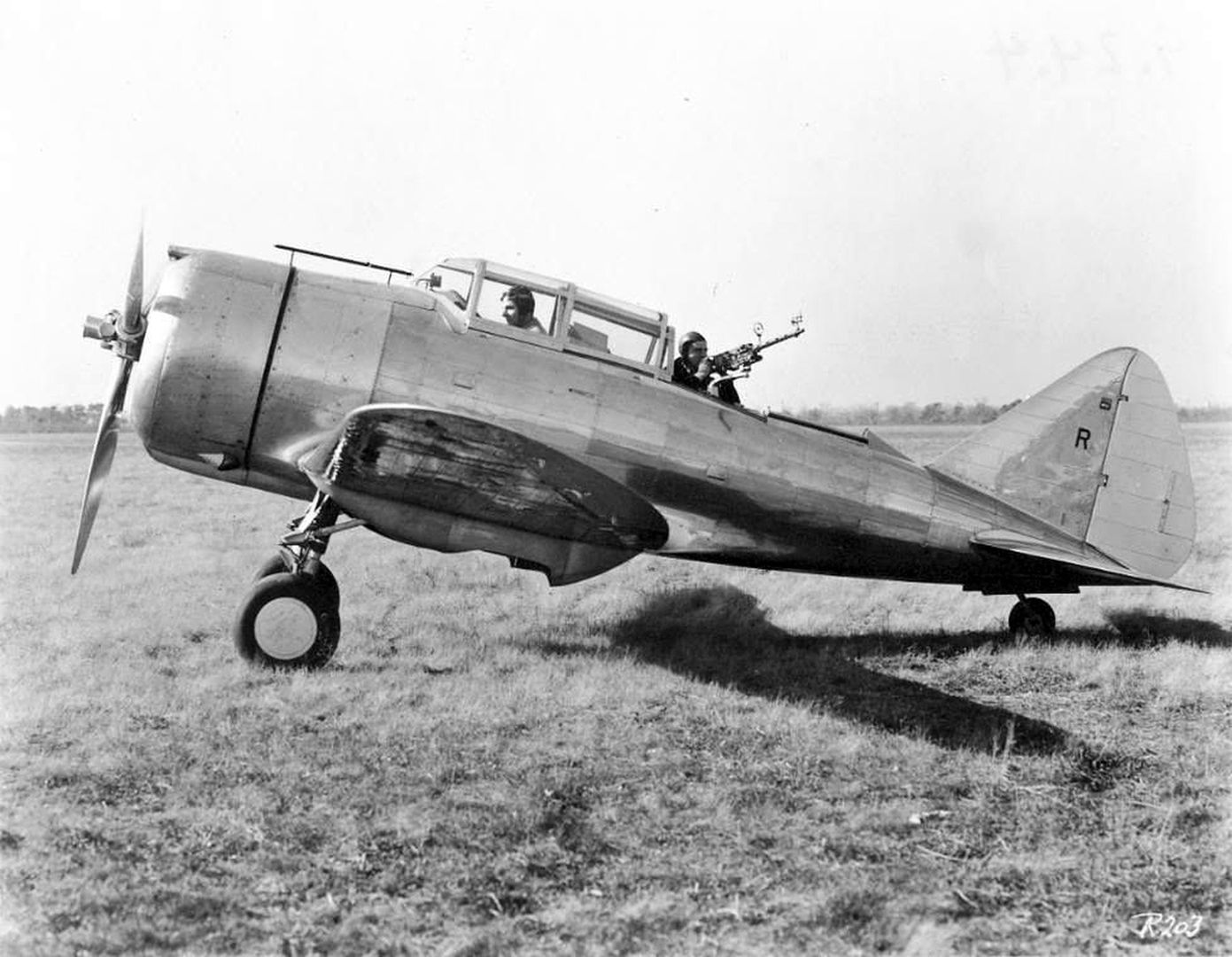

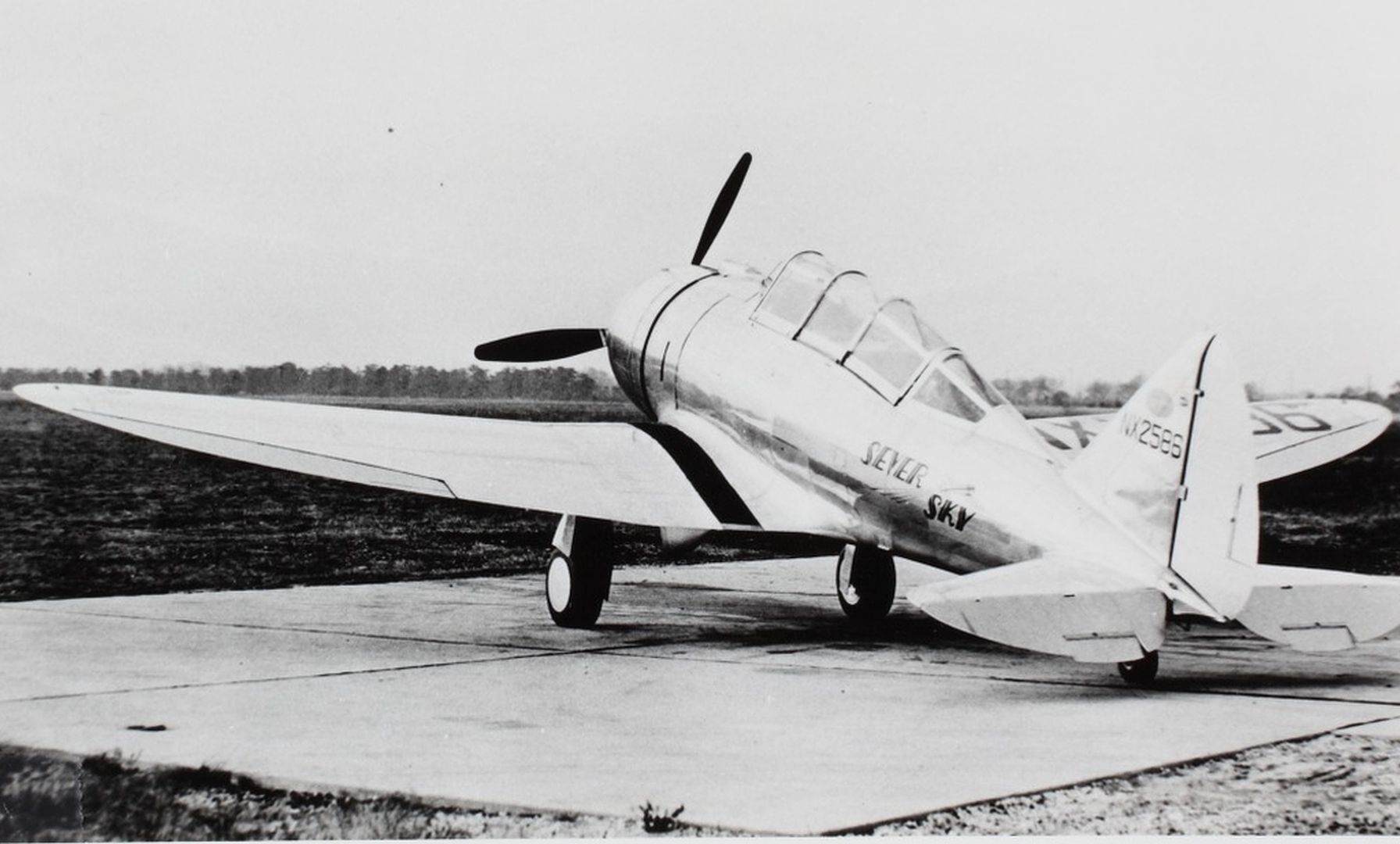
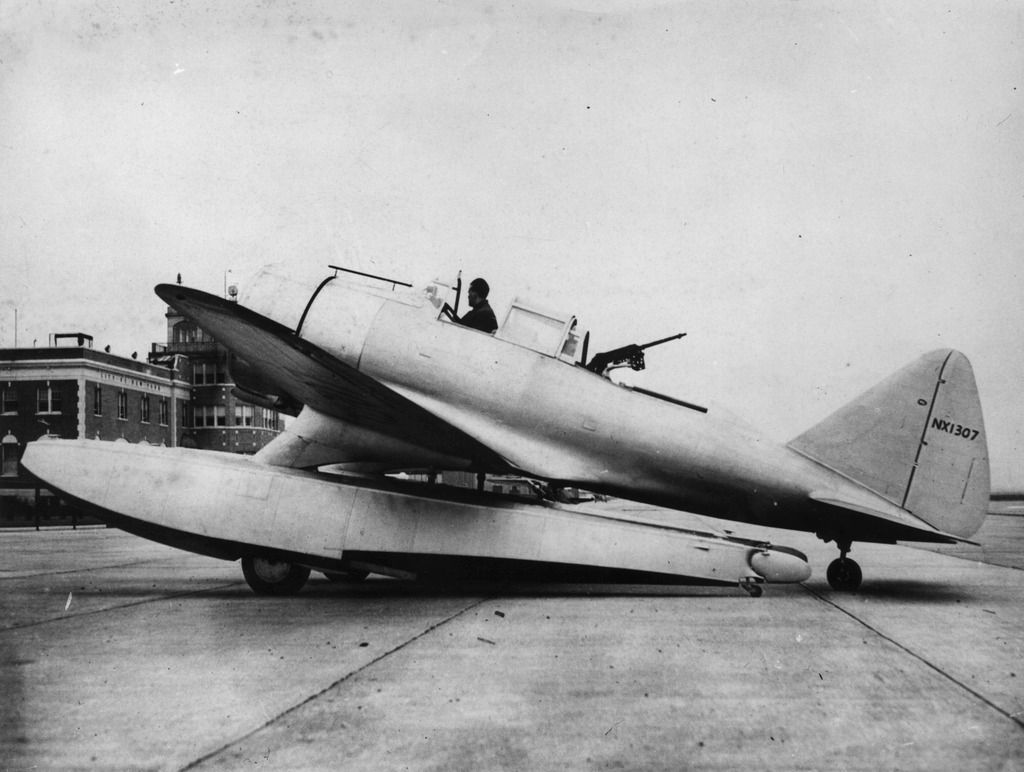
The Imperial Japanese Navy actually bought 20 SEV-2PAs, apparently through a "front" operation to conceal the ultimate customer, but found them disappointing. Two of them were passed on the ASAHI SHIMBUN newspaper as hacks.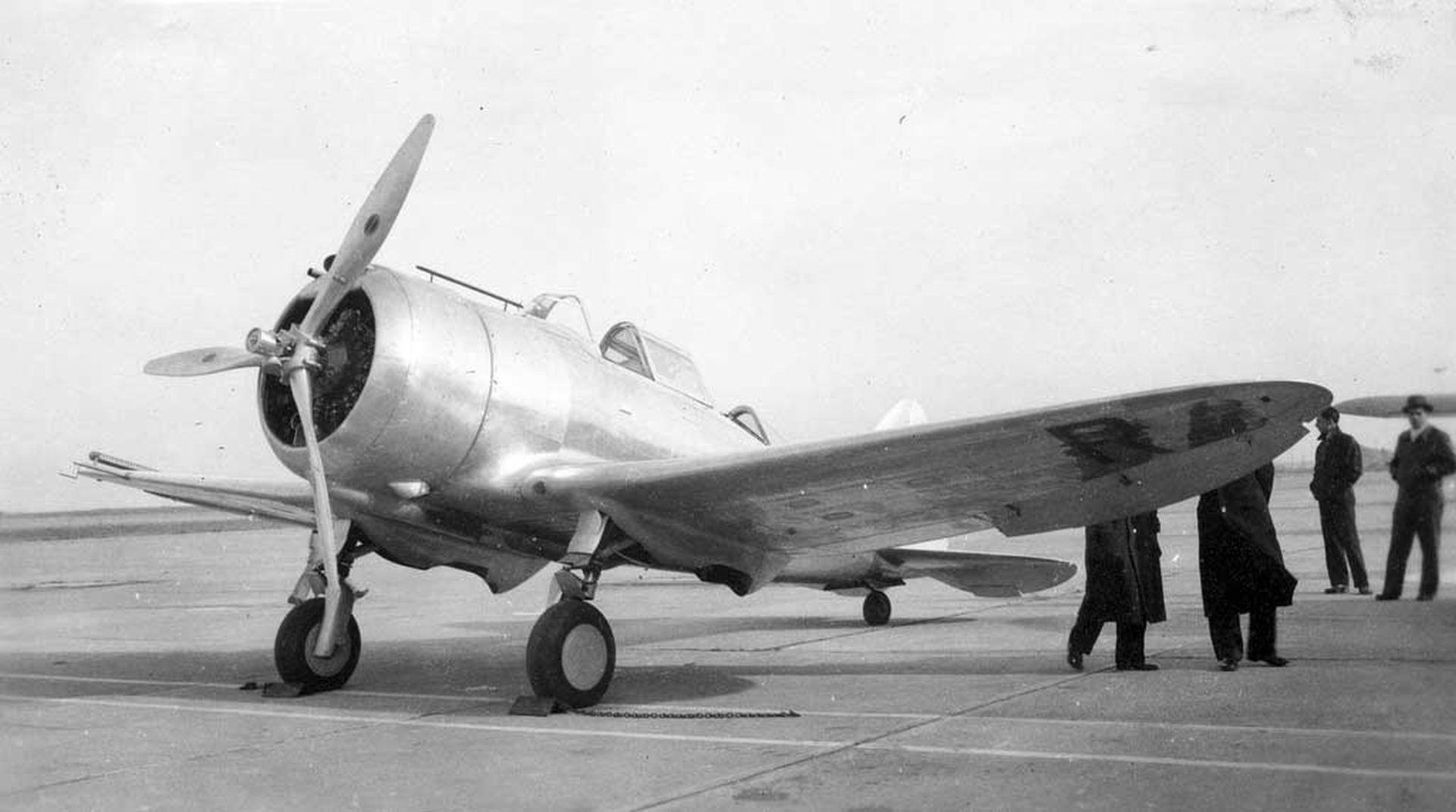
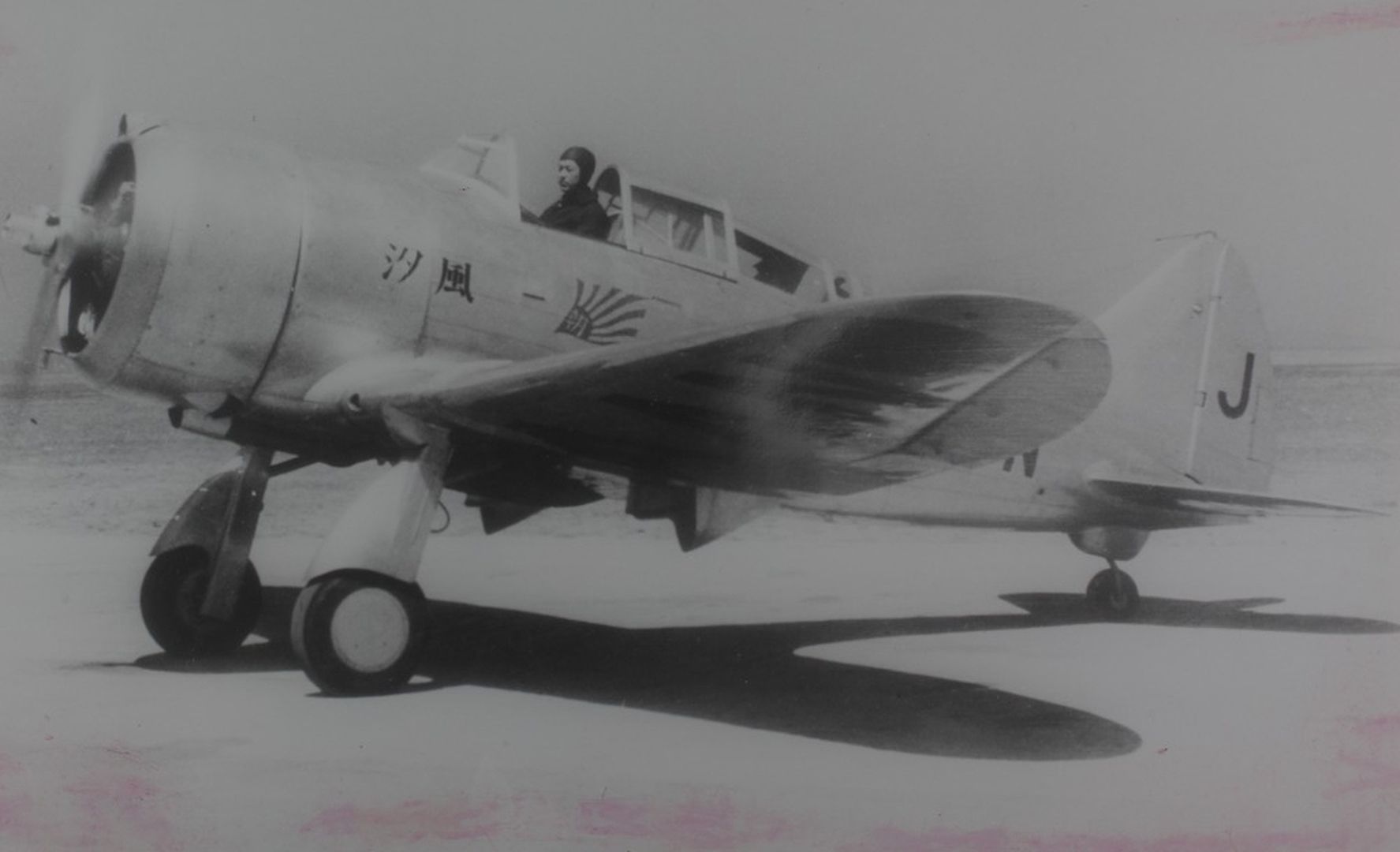
Sweden ordered 52 SEV-2PAs as dive-bombers, but only two were delivered before the US embargoed exports of fighters to Sweden in October 1940. The other 50 ended up in Air Corps hands as the "AT-12" and were used as gunnery trainers.
The Seversky Company also sold Sweden a refinement of the P-35 designated the "EP-1 (Export Pursuit 1)". The EP-1 was powered by a P&W R-1830-S1C1 Twin Wasp engine with 745 kW (1,000 HP), improving its performance relative to the P-35 by over 40 KPH (25 MPH). The Swedes ordered a total of 120 EP-1s, with initial order placed in mid-1939.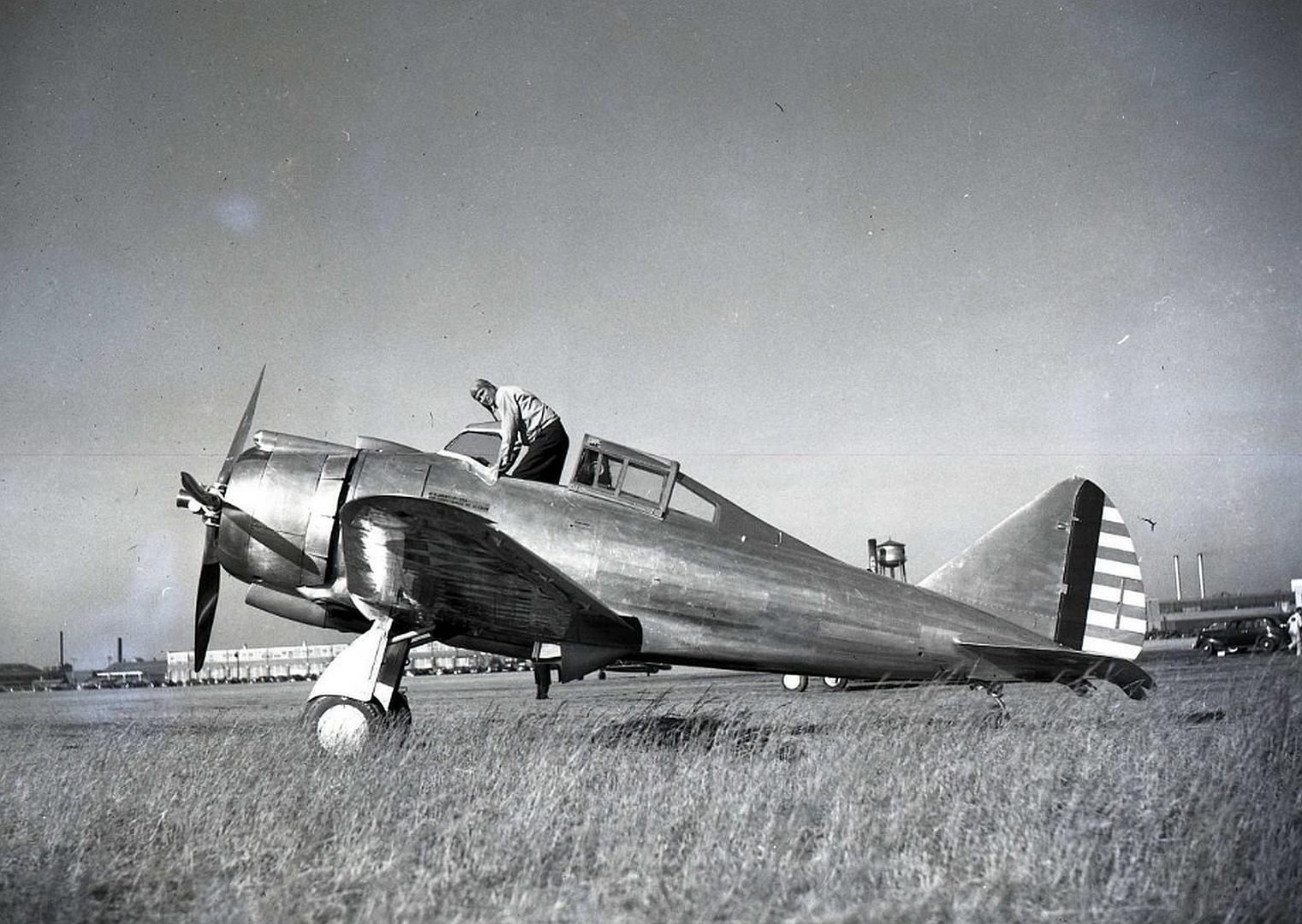
60 of these aircraft were actually delivered to Sweden. They were armed with two 7.9 millimeter guns in the nose and one 13.2 millimeter gun in each wing, for a total of four guns. They served with the Swedish air force through the war and occasionally escorted intruding Allied bombers into internment, though they could barely keep up and were at substantial risk of being shot down, since the EP-1 looked quite a bit like a German Focke-Wulf FW-190 fighter from some angles.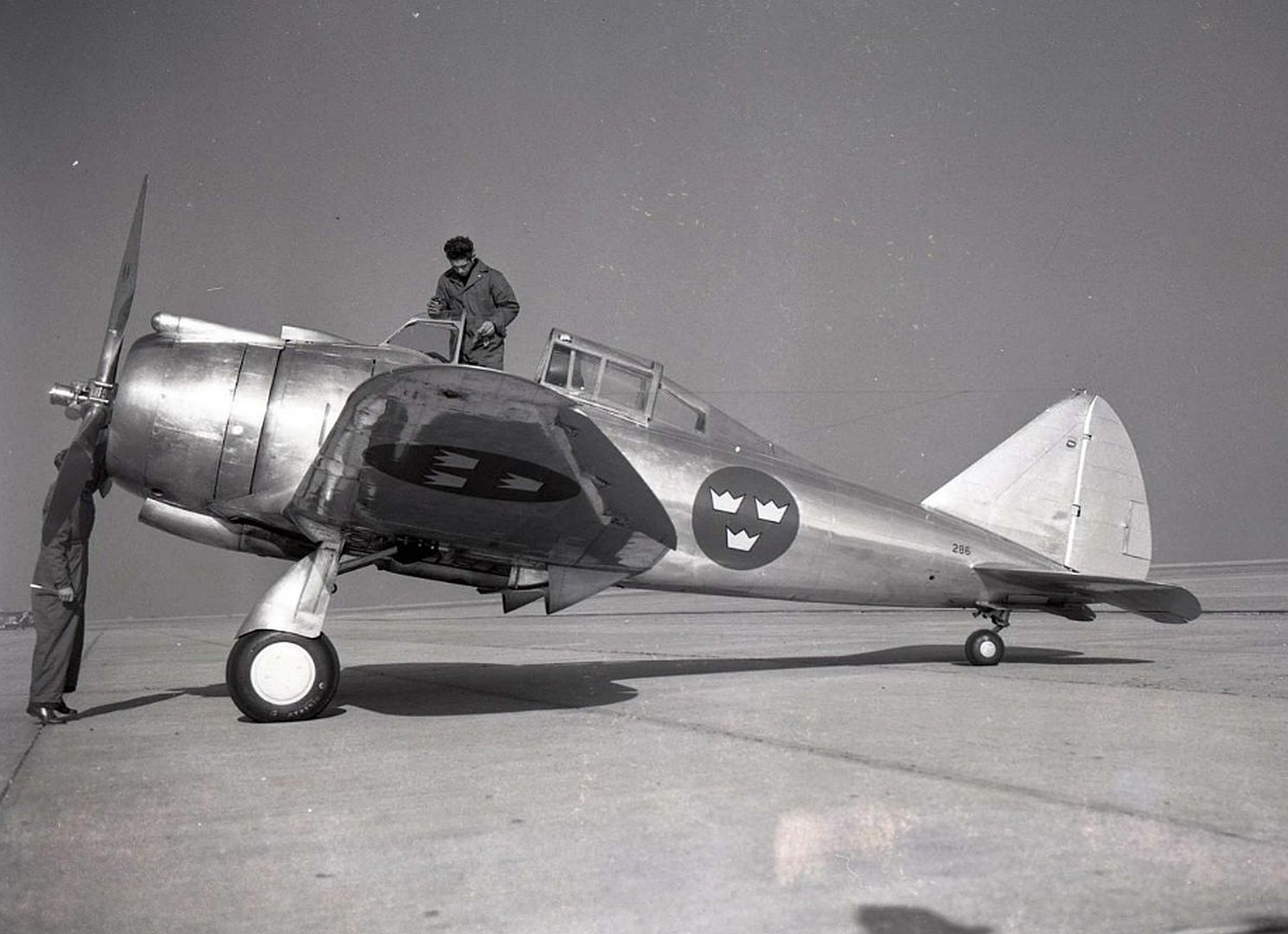
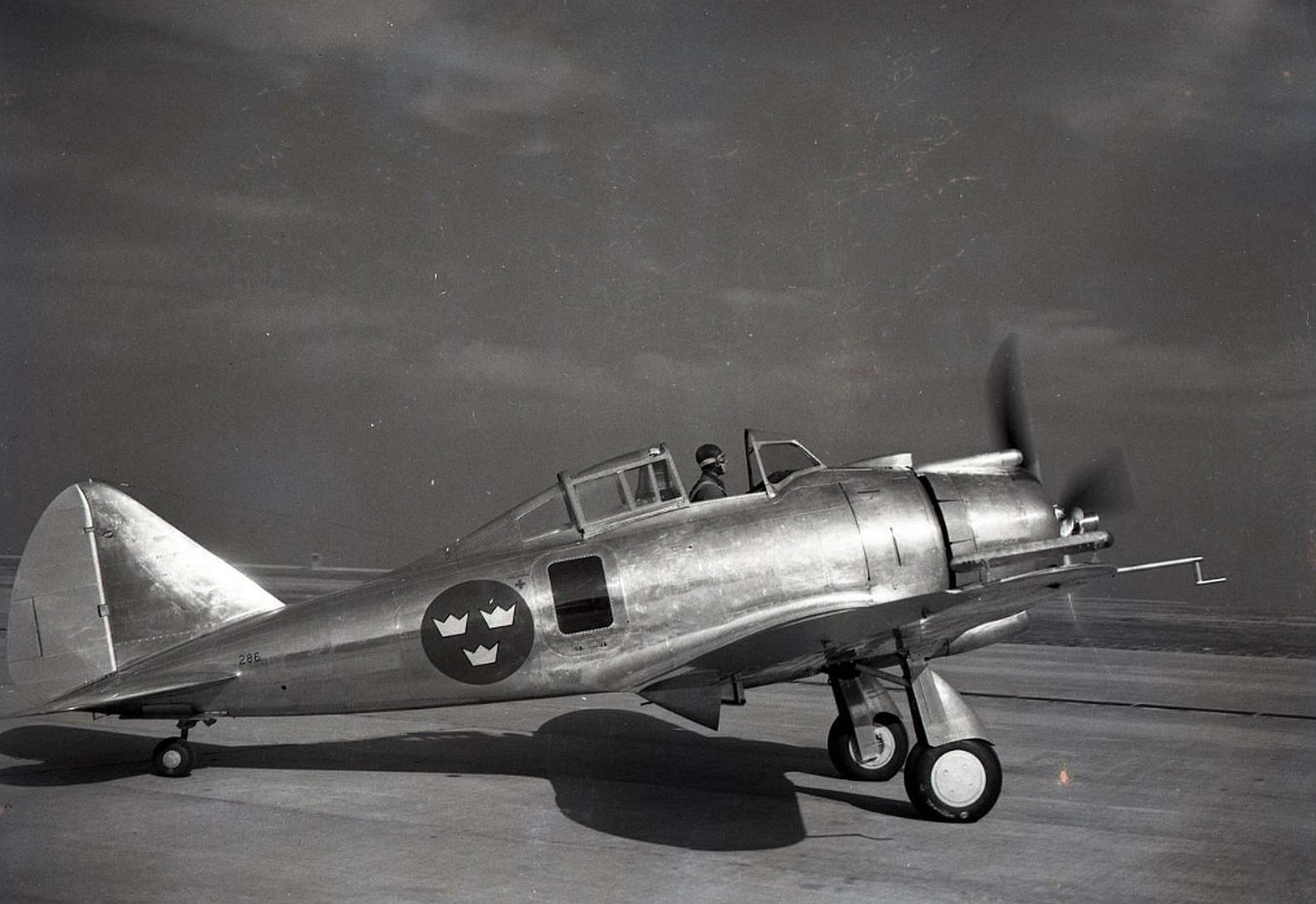
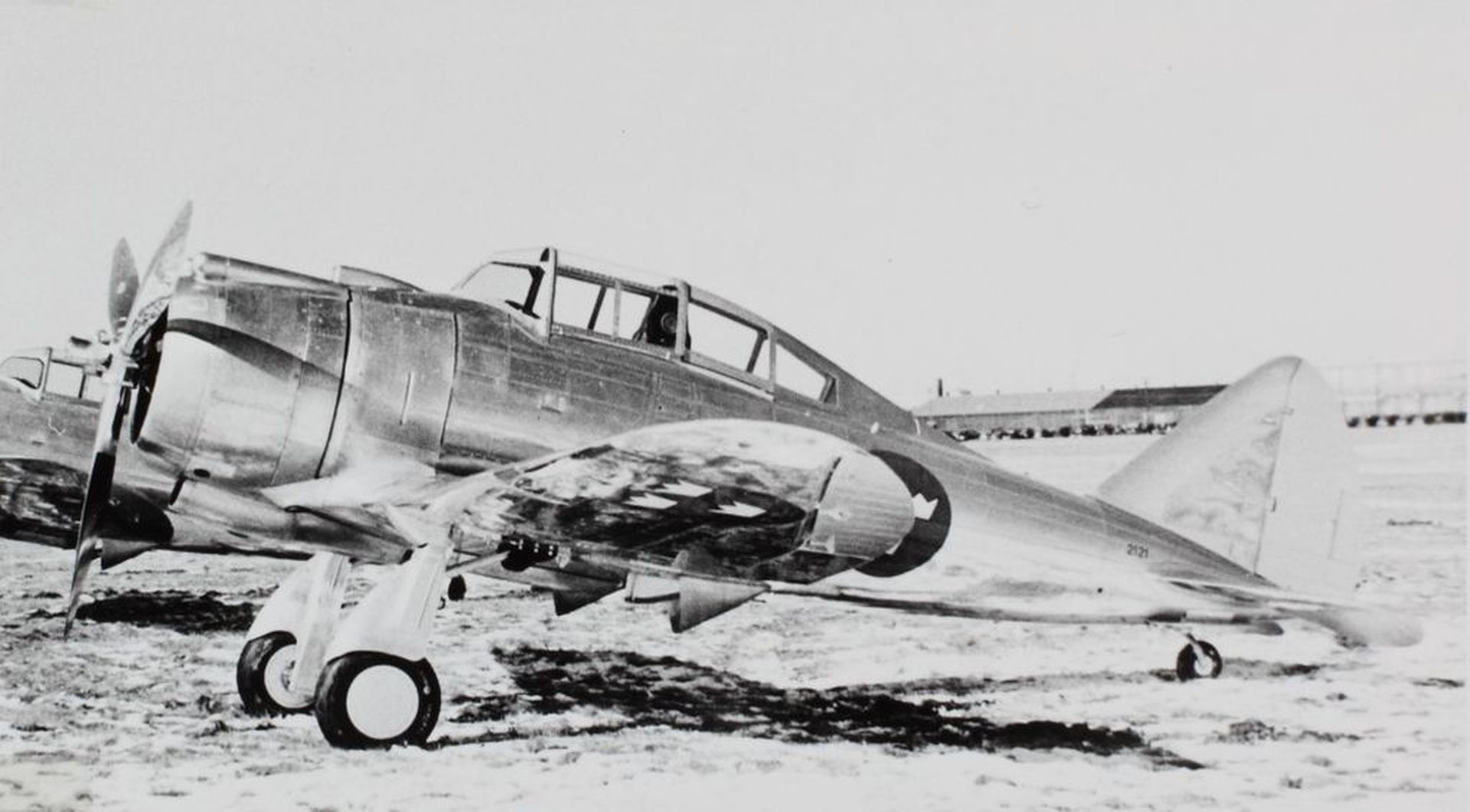
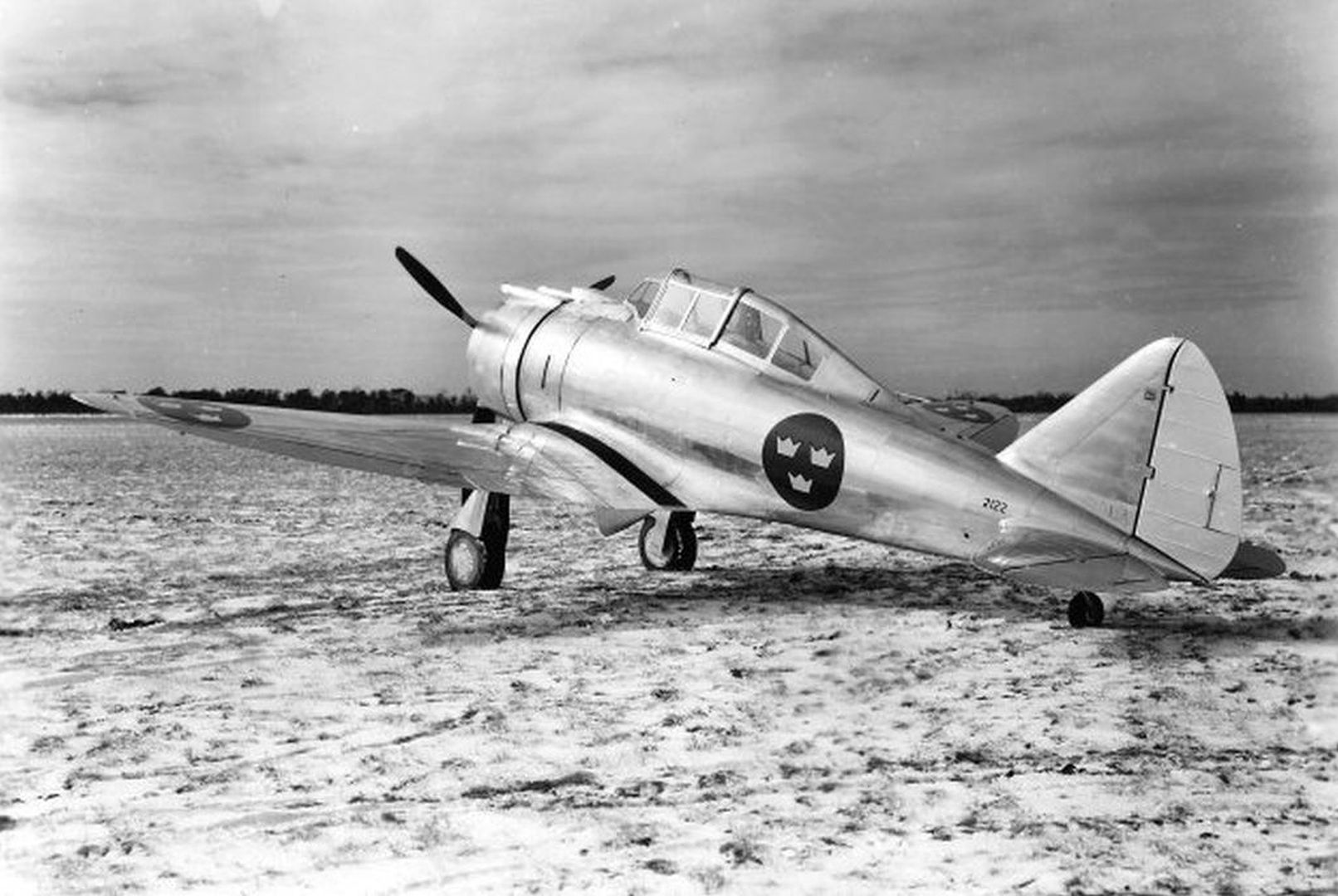
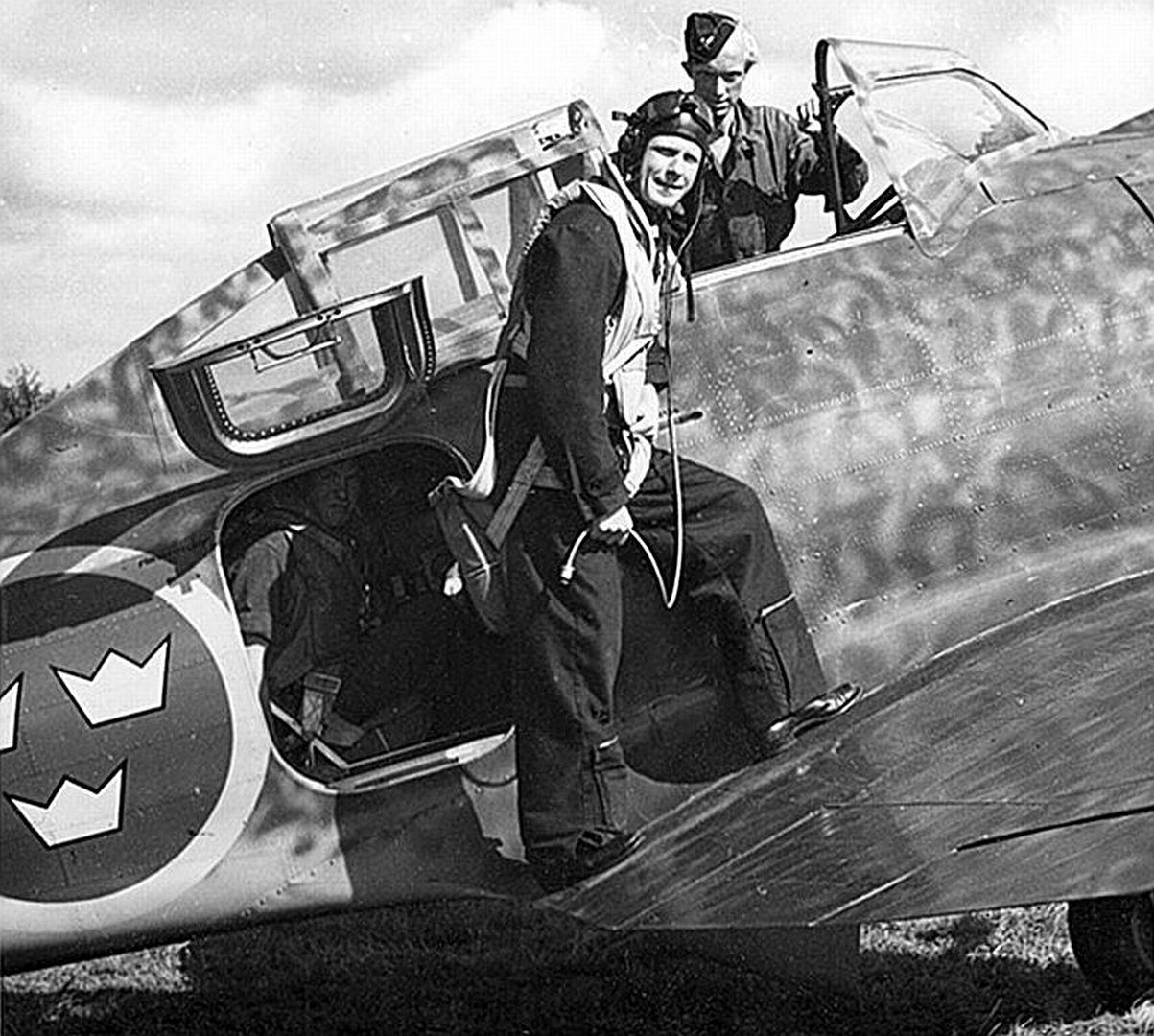
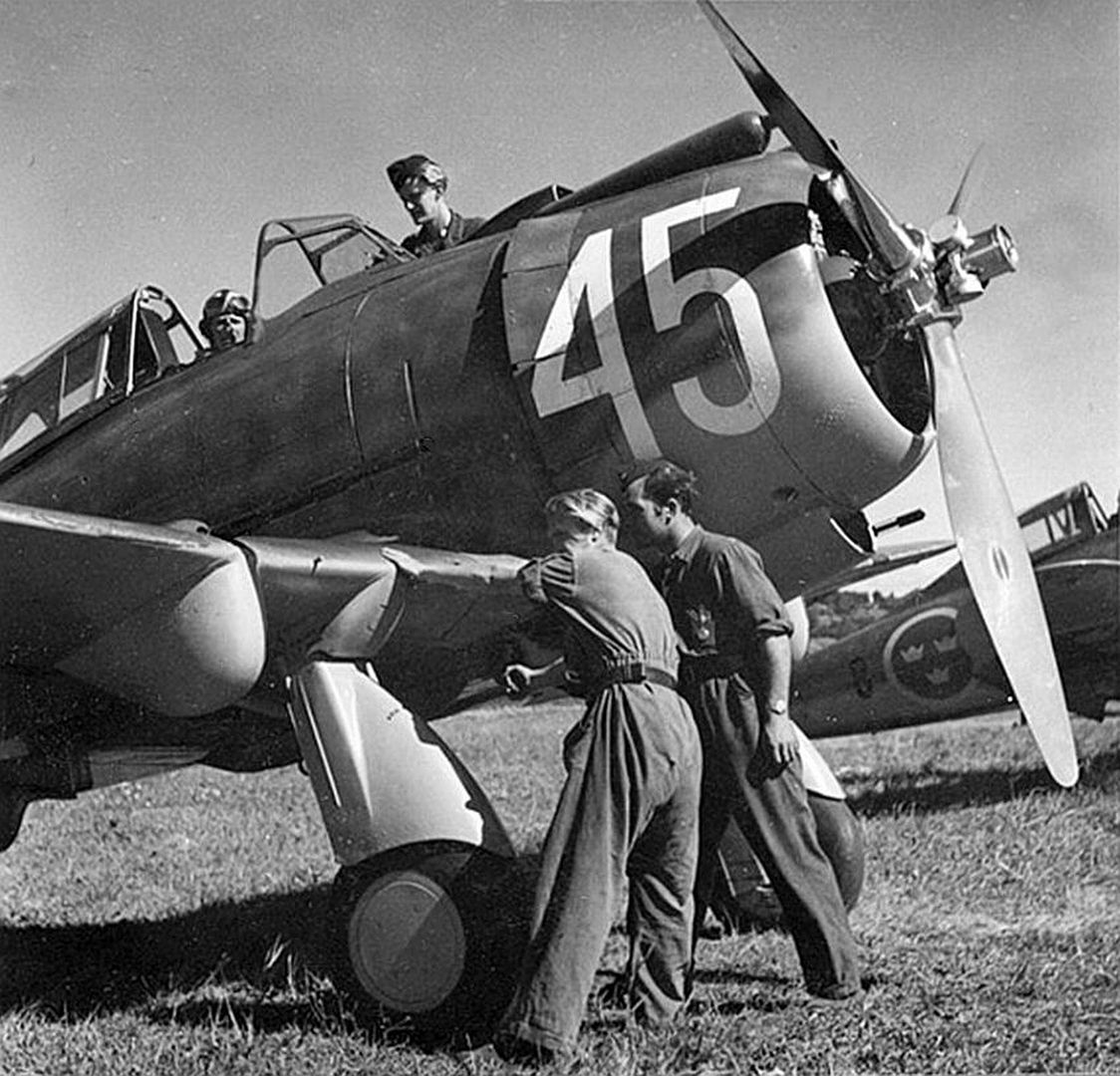
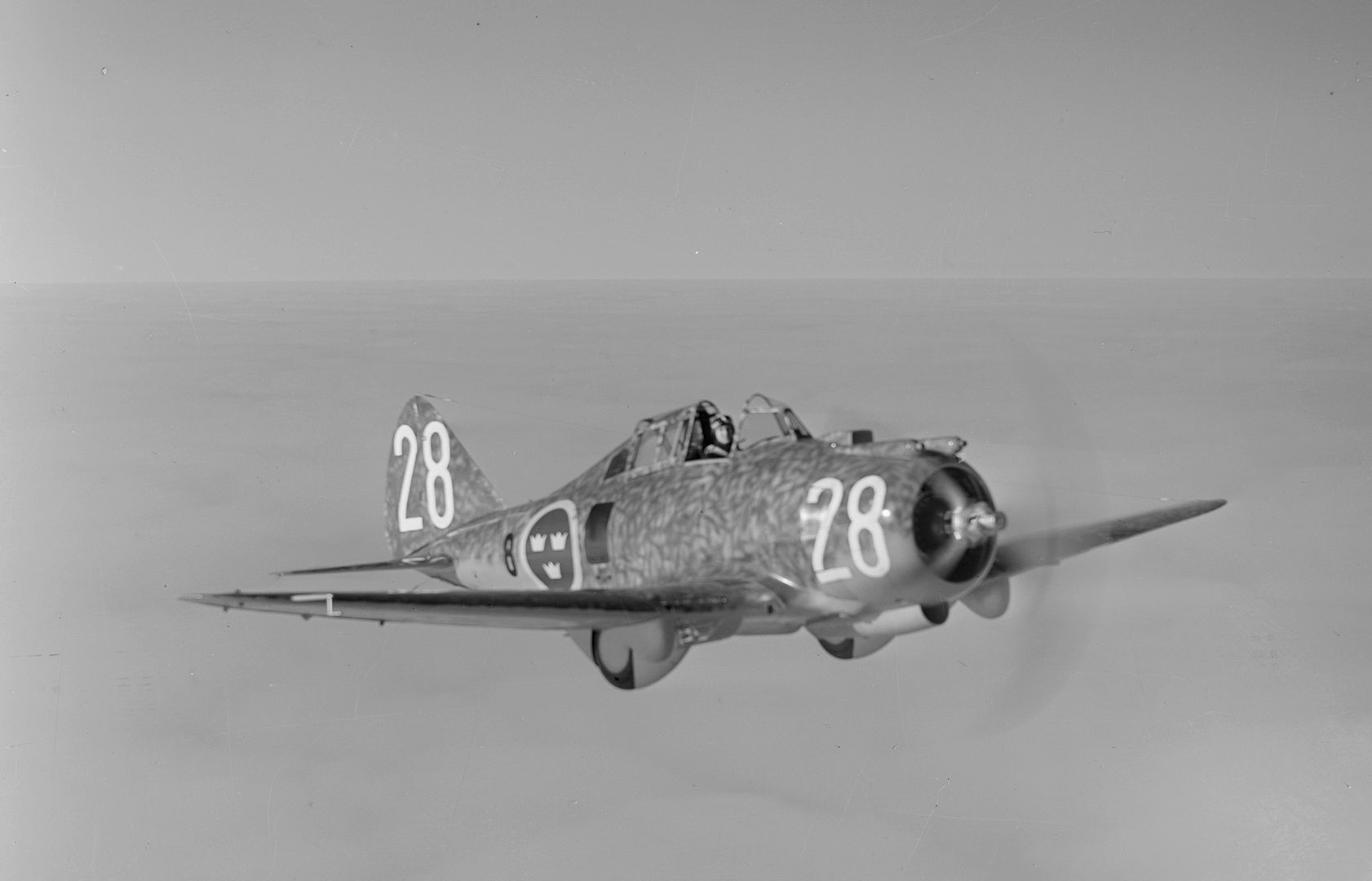
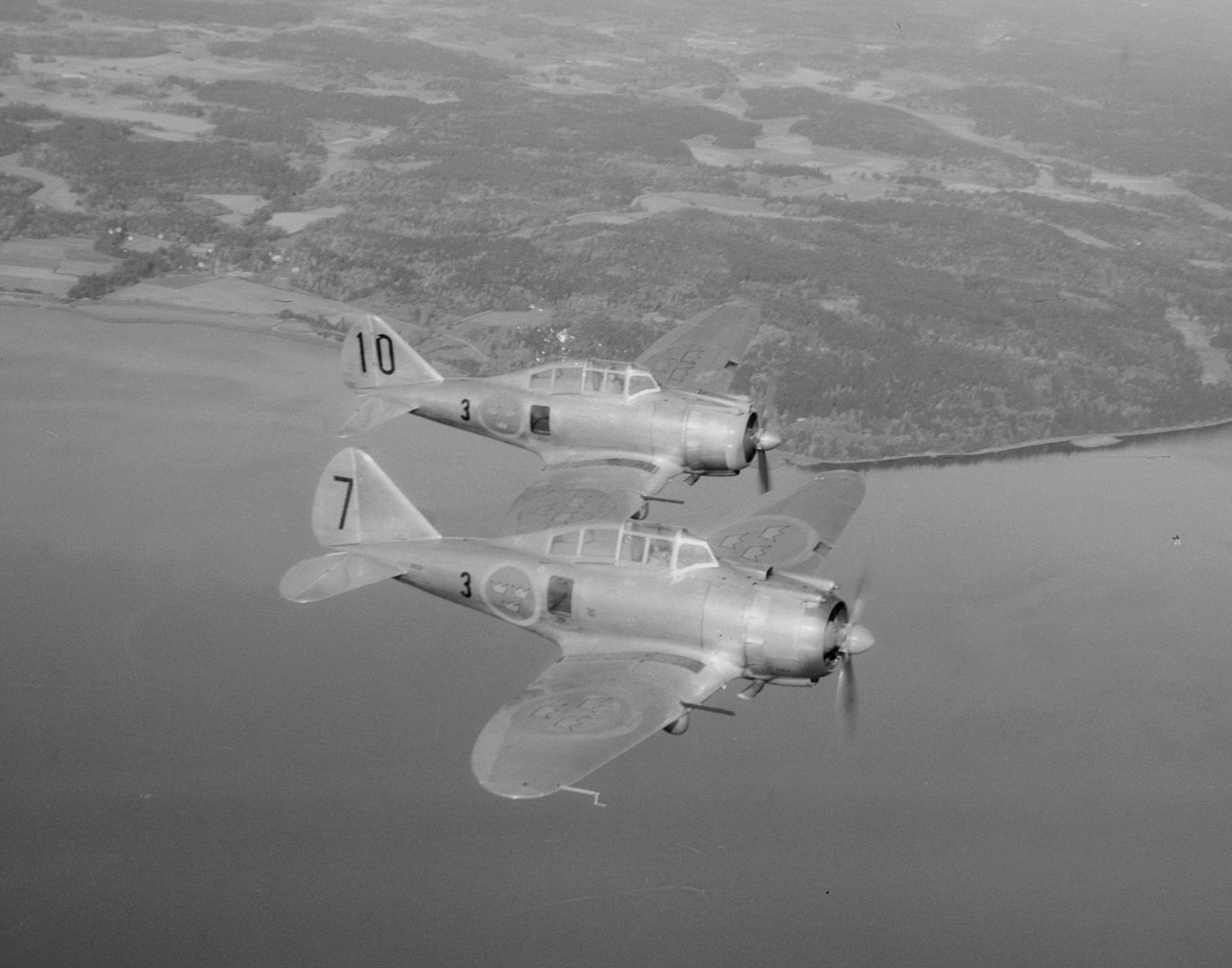
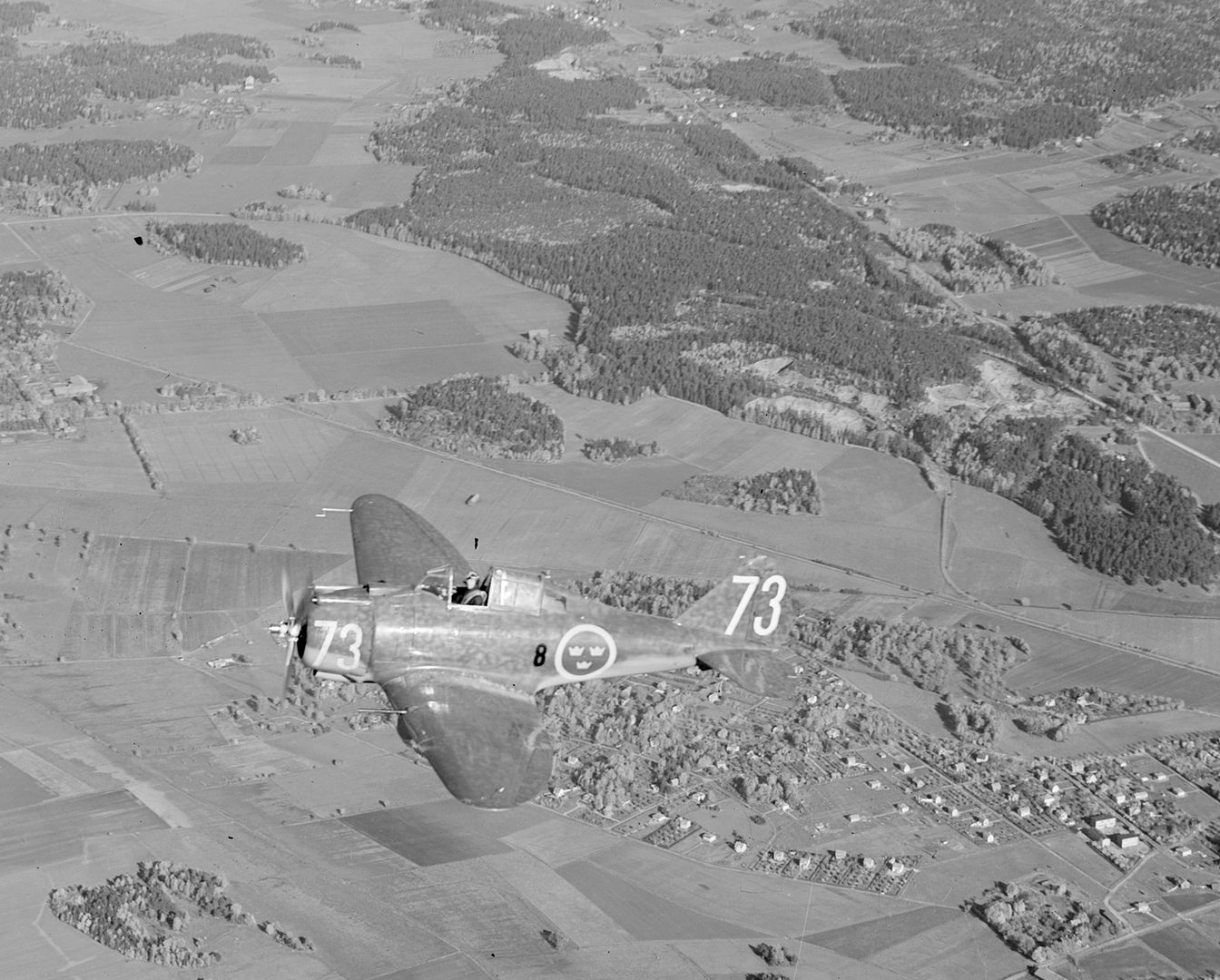
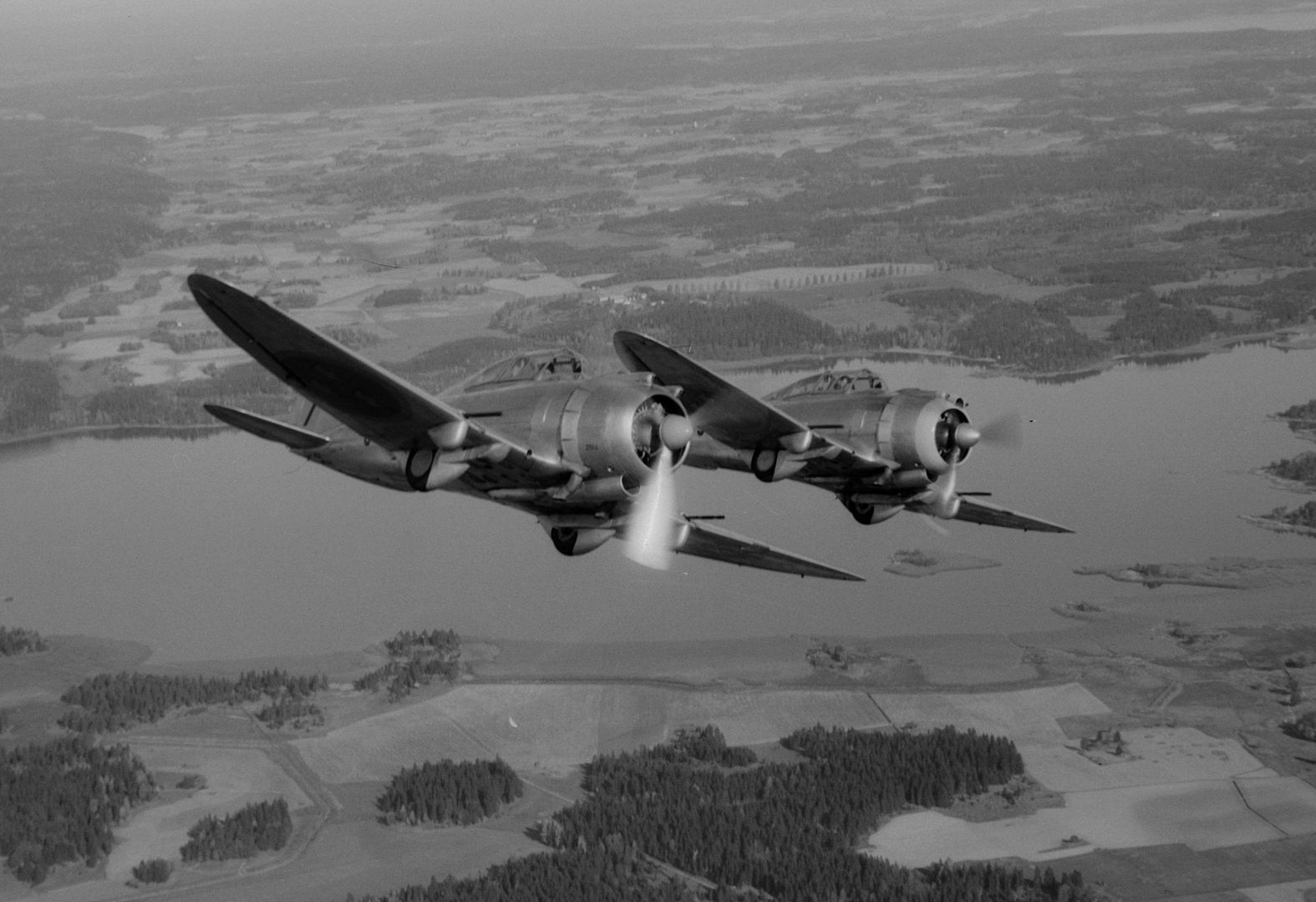
Following the embargo against Sweden, the other 60 EP-1s were taken over by the Air Corps with the designation of "P-35A". They were apparently fitted with two 12.7 millimeter Brownings in the cowling and a 7.62 millimeter Browning in each wing. 48 were sent to the Philippines, where they fought in the futile defense of the islands in December 1941 and January 1942, but they were hopelessly outclassed by Japanese fighters. The other P-35As were used as Air Corps trainers.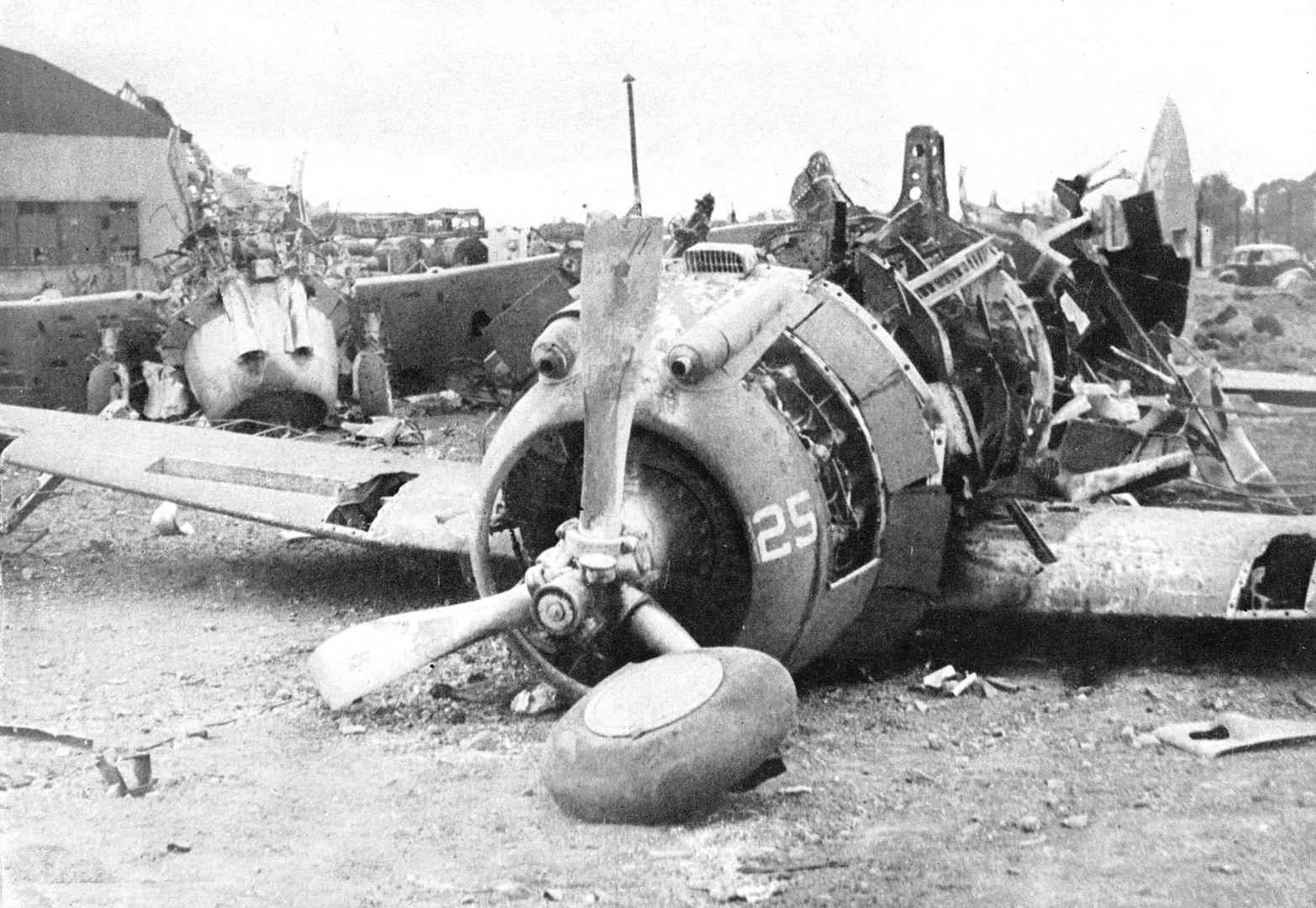
Text from here - http://www.airvectors.net/avp47.html#m1
Thanks.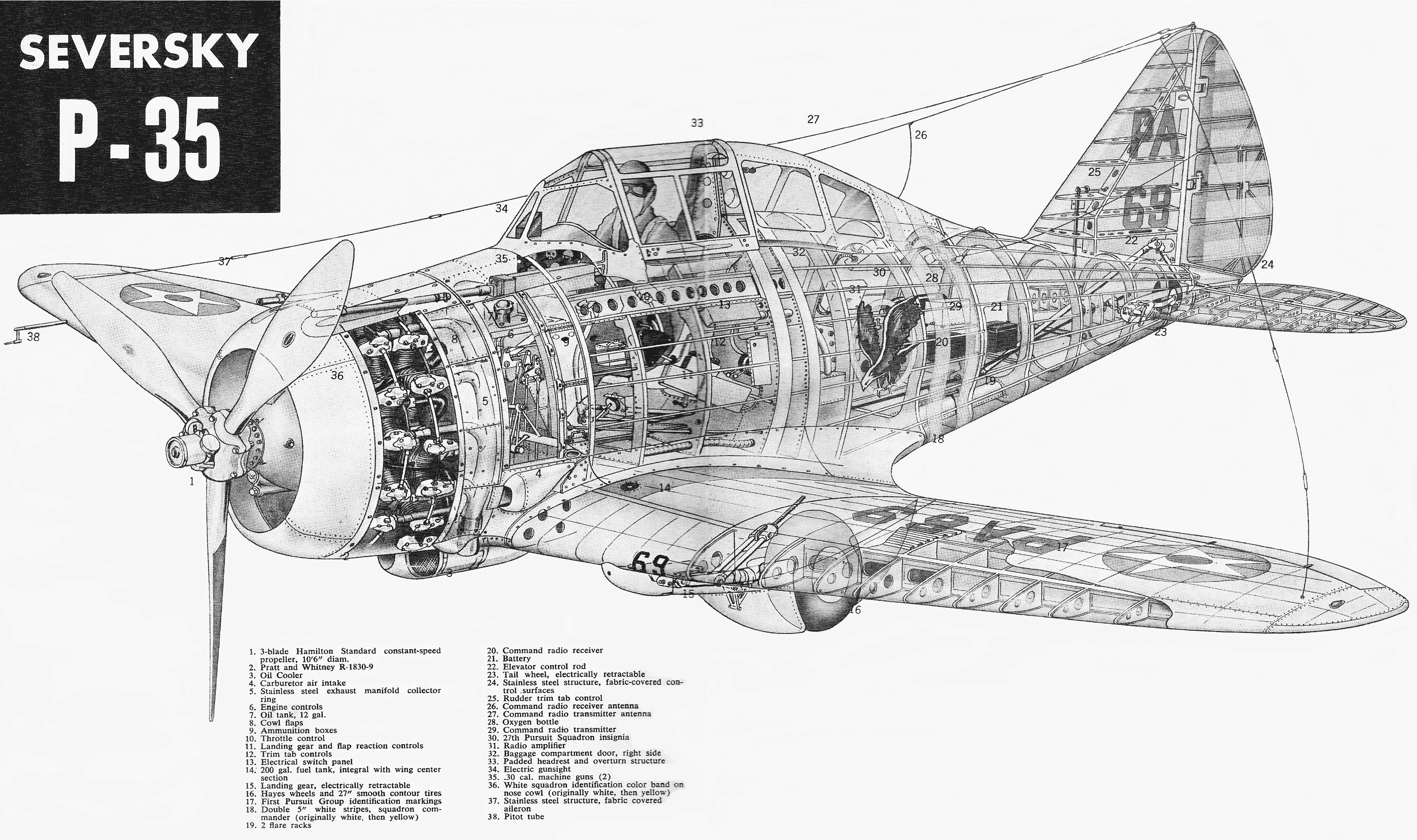
NX55811Sponsored by the actor Buddy Rogers, and named after the comic strip character Buck Rogers, it was listed as Racer number '61'. Flown by Vincent Perron, the aircraft was entered as a 'Super P-35' in the 1949 Bendix Trophy cross-country speed contest. It was withdrawn at Grand Junction, Colorado, due to continuing engine problems.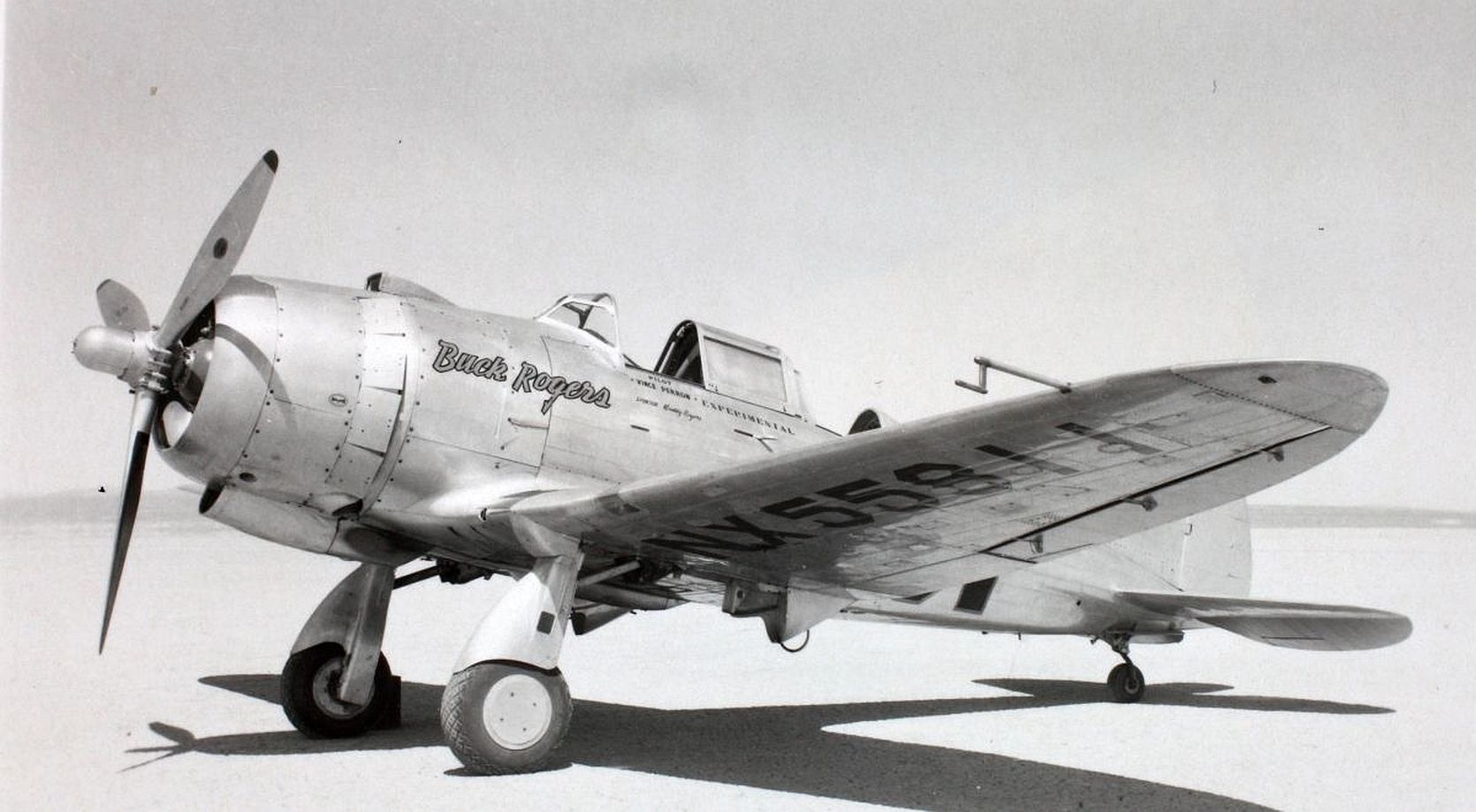
Post a reply
- Go to Previous topic
- Go to Next topic
- Go to Welcome
- Go to Introduce Yourself
- Go to General Discussion
- Go to Screenshots, Images and Videos
- Go to Off topic
- Go to Works in Progress
- Go to Skinning Tips / Tutorials
- Go to Skin Requests
- Go to IJAAF Library
- Go to Luftwaffe Library
- Go to RAF Library
- Go to USAAF / USN Library
- Go to Misc Library
- Go to The Ops Room
- Go to Made in Germany
- Go to Campaigns and Missions
- Go to Works in Progress
- Go to Juri's Air-Raid Shelter
- Go to Campaigns and Missions
- Go to Works in Progress
- Go to Skinpacks
- Go to External Projects Discussion
- Go to Books & Resources
